If you are planning your first trip to Rome, then most likely a visit to Vatican City is on your to-do list. In this guide, we cover what you need to know about how to visit the Vatican Museums, the Sistine Chapel, and St. Peter’s Basilica, including what to do when you are here, the best time of day to plan your visit, and whether or not it is worth it to take a tour.
Planning a visit to the Vatican may sound complicated. With multiple places to visit within Vatican City, multiple tickets to purchase, and tales of long lines and massive crowds, you may be wondering what is the best way to visit Vatican City and actually enjoy your visit.
With proper planning, you can avoid the long ticket lines and have a great experience at the Vatican Museums and St. Peter’s Basilica.
We have visited Vatican City three times. We’ve done both a private tour and an unguided visit, and we have also visited the ‘secret rooms’ of the Vatican. From our experiences, we’ll let you know how to get the most out of your visit.
In this guide, we will let you know about the “secret” rooms within the Vatican Museums. These special rooms are pricey additions to a standard tour of the Vatican but worth it for those who want to go deeper into the Vatican Museums and see some places that other visitors skip (and most likely don’t even know about).
Let’s get started.
What is Vatican City?
Vatican City is the smallest country in the world. In 1929, it became independent from Italy by the signing of the Lateran Treaty. It is only 49 hectares (121 acres) with a population of just under 500 people. This city state is ruled by the Pope.
Note: Even though Vatican City is a separate country, you do not need to bring your passport.
There are three big sites to visit in Vatican City: the Vatican Museums, the Sistine Chapel, and St. Peter’s Basilica.
On a visit to Vatican City, you will visit these sites as two different sections. The Vatican Museums and Sistine Chapel are visited on one ticket. You will enter the Sistine Chapel through the Vatican Museums, so if you only want to see the Sistine Chapel, you will have to walk through the Vatican Museums first.
St. Peter’s Basilica and St. Peter’s Square is the second area you will visit. It is free to enter St. Peter’s Basilica but there is a line to get through security, and from mid-morning through mid-afternoon, this line can be enormous.
In St. Peter’s Basilica, you have the option to climb to the dome for an additional fee. This is worth it and you get one of the best views of Rome from the top of the dome.
How to Visit the Vatican
We are breaking up Vatican City into two different sections: the Vatican Museums (which includes the Sistine Chapel) and St. Peter’s Basilica. These each have their own entrance ticket and security line. You can visit them together on the same day or on two separate days. It may sound odd to break them up into two different days, but there are some advantages to doing this, which we will get to later.
Before diving into things to do at each area, there are a few important things to know first:
Audience with the Pope: Every Wednesday morning, if the Pope is in town, he will hold an audience in St. Peter’s Square, starting at 9:00 am. On Wednesdays, St. Peter’s Basilica does not open until around 12:30 pm (it opens following the Papal audience). The Vatican Museums tend to be less crowded on Wednesday mornings as well, according to our guide.
St. Peter’s Basilica: It is free to enter St. Peter’s Basilica so you do not need a ticket. However, you will go through security to enter the basilica and this queue can be very long, with waiting times over an hour. Go early in the morning or late in the day to avoid this long wait.
Getting from Vatican City to St. Peter’s Basilica: To get from Vatican City to St. Peter’s Basilica, you will have to exit the Vatican Museums and walk 20 minutes to St. Peter’s Basilica. There is a short cut from the Sistine Chapel to St. Peter’s Basilica, but this is reserved for select tour groups. If you take one of these select tours, it can save you a LOT of time (you will avoid the 20 minute walk plus the wait in line, which can be an hour or longer on some days).
Below is a map of Vatican City with the walking route from the Vatican Museums to St. Peter’s Basilica.
How to Use This Map: Click the tab in the top left corner of the map to see a list of the points of interest and to turn layers on/off. Click the icons on the map to get more information about each point of interest.
To take this map with you, click the star next to the title of the map which adds it to your Google account. Next, within your Google Maps app, select ‘Saved’ and then select ‘Maps’. This map title will now appear in your list.
Things to Do in the Vatican Museums
The Vatican Museums are enormous. These museums display the massive collection of art that was amassed by the Catholic Church. There are 70,000 works of art on display in roughly 2,000 rooms of this maze of a museum. It would take years to see everything here.
On a visit to the Vatican Museums, there are a few notable rooms and statues to see, as well as the Sistine Chapel.
For the best experience, we recommend taking a tour. On our first visit here, we wandered around on our own and got very little out of the experience. More recently, we took a tour and it was well worth it.
Tim and I took an early morning tour, which allows you to see at least some of the rooms with low crowds. Plus, with a knowledgeable guide, you learn a lot about the history and artwork.
We will get into recommended tours later in this guide, but first, here are the main things to see in the Vatican Museums, plus a few “secret” rooms you can add on to your visit.
Entry into the Vatican Museums
The entrance into the Vatican Museums is on the north side of the museums, on Viale Vaticano. Here is the spot on Google Maps.
Some tours meet across the street from this spot, but you should double check this when you book your tour.
Make sure you book your tickets in advance or are on some sort of tour. The ticket line to enter the Vatican Museums can be enormous…up to a 3 hour wait at the busiest times. If you can’t make your reservation in advance, for example tickets are sold out on the day you want to visit, then you can purchase an entry ticket on GetYourGuide.
You will enter the Vatican Museums, go through security, and if you have a large bag or backpack, you will have to put it in a locker. Show your ticket and then enter the museums. You will ride an escalator or walk the top of the spiral walkway to the main level.
This list of things to do in Vatican Museum is located in order, as you will see them on the one-way walking route through the museums. You will follow the signs from room to room until you reach the Sistine Chapel.
The Pinacoteca
In its 18 rooms, the Pinacoteca displays artworks by Raphael, Leonardo, Caravaggio, and Perugino and many other artists. It is accessible from the hallway at the top of the escalator and the Pinecone Courtyard.
This is optional. Some tours include it, some don’t. There is so much to see in the Vatican Museums and this section of the museum is only worth it for those with lots of time and a big interest in art.
Pinecone Courtyard (Pigna Courtyard)
The entrance to the Pinecone Courtyard is near the top of the escalator. There are a few things to see here, including the dome of St. Peter’s Basilica, the sculpture of the “Sphere with Sphere” by Arnaldo Pomodoro, and the bronze pinecone that gives this courtyard its name. Michelangelo designed the steps that lead up to the pinecone.
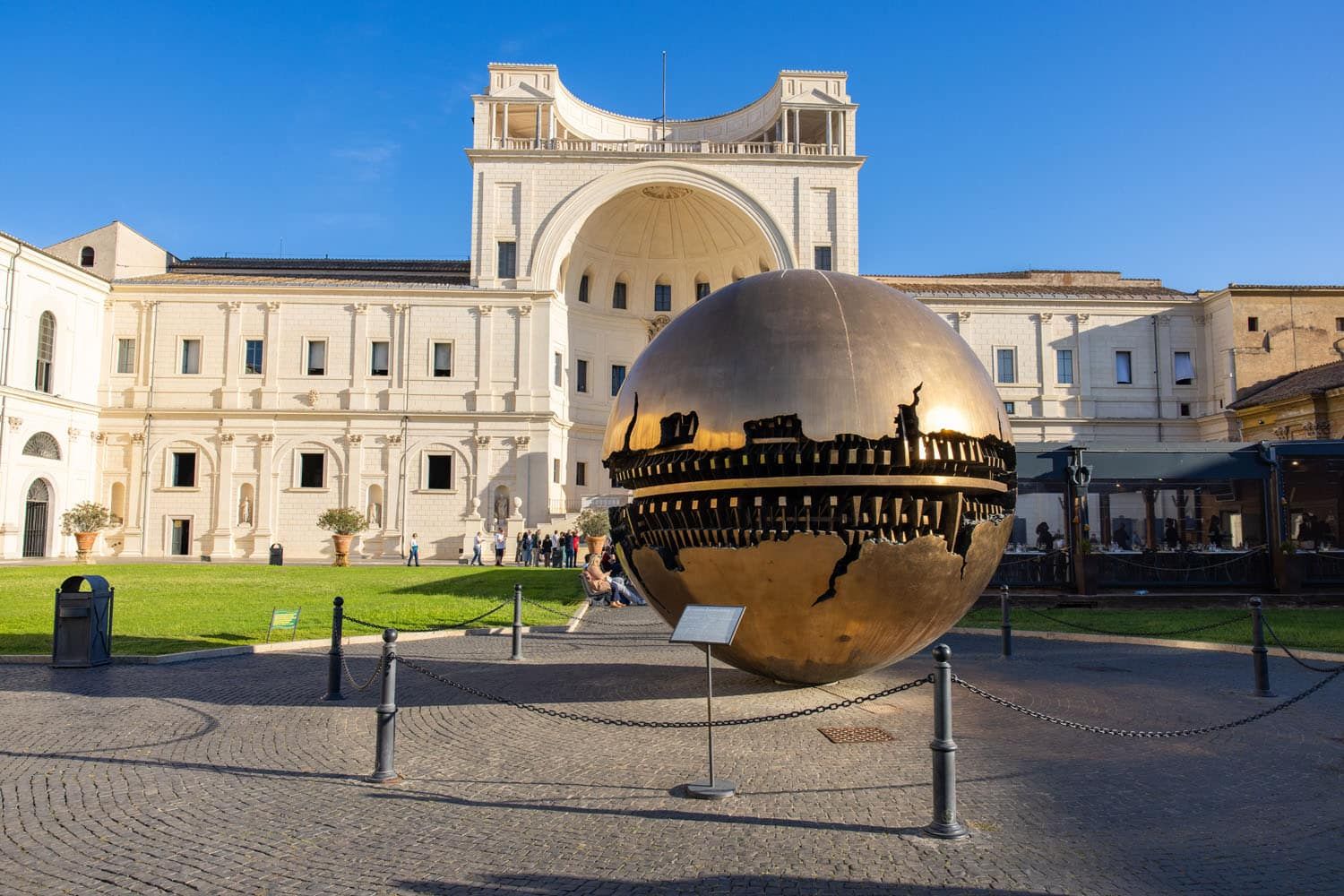
Pinecone Courtyard
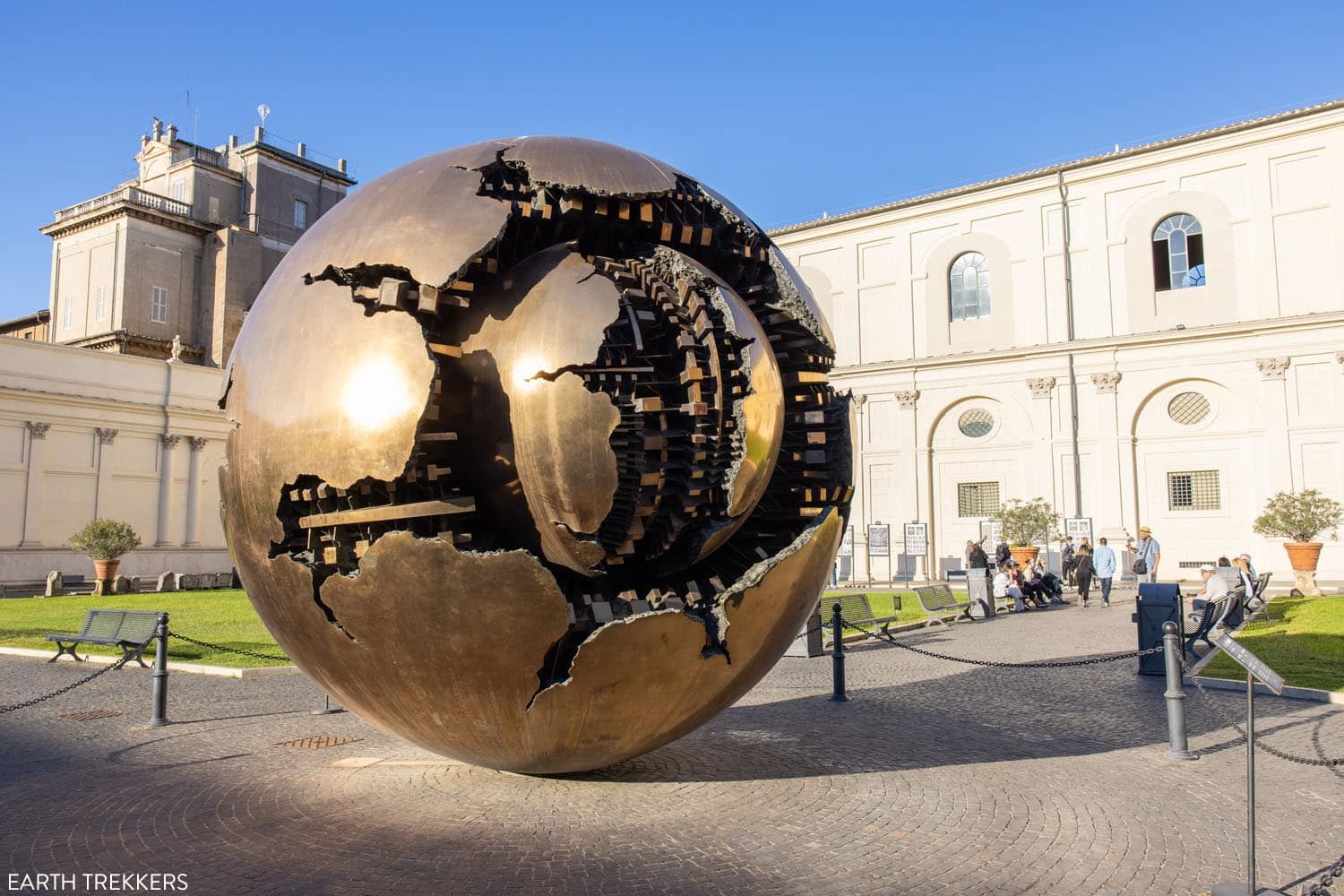
“Sphere with Sphere” by Arnaldo Pomodoro
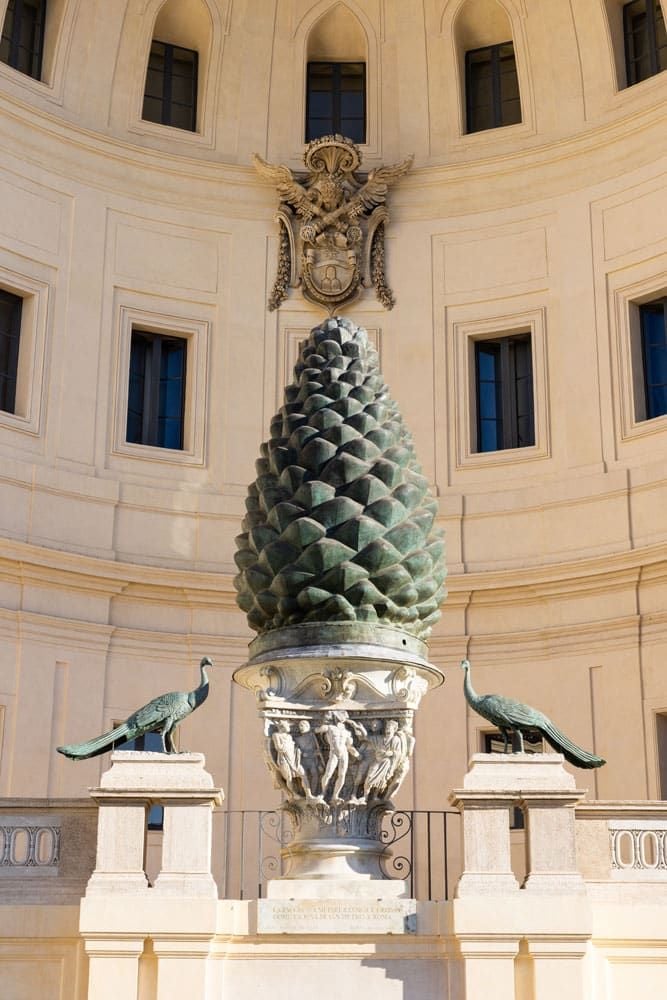
The bronze pinecone
Hall of Statues
From the Pinecone Courtyard, enter the museums. If you are looking at the bronze pinecone, the entrance into the museums is up the stairs to your right. Once inside, look to your right down the very long hall filled with statues and busts. Don’t spend too much time here because there are many better things to see.
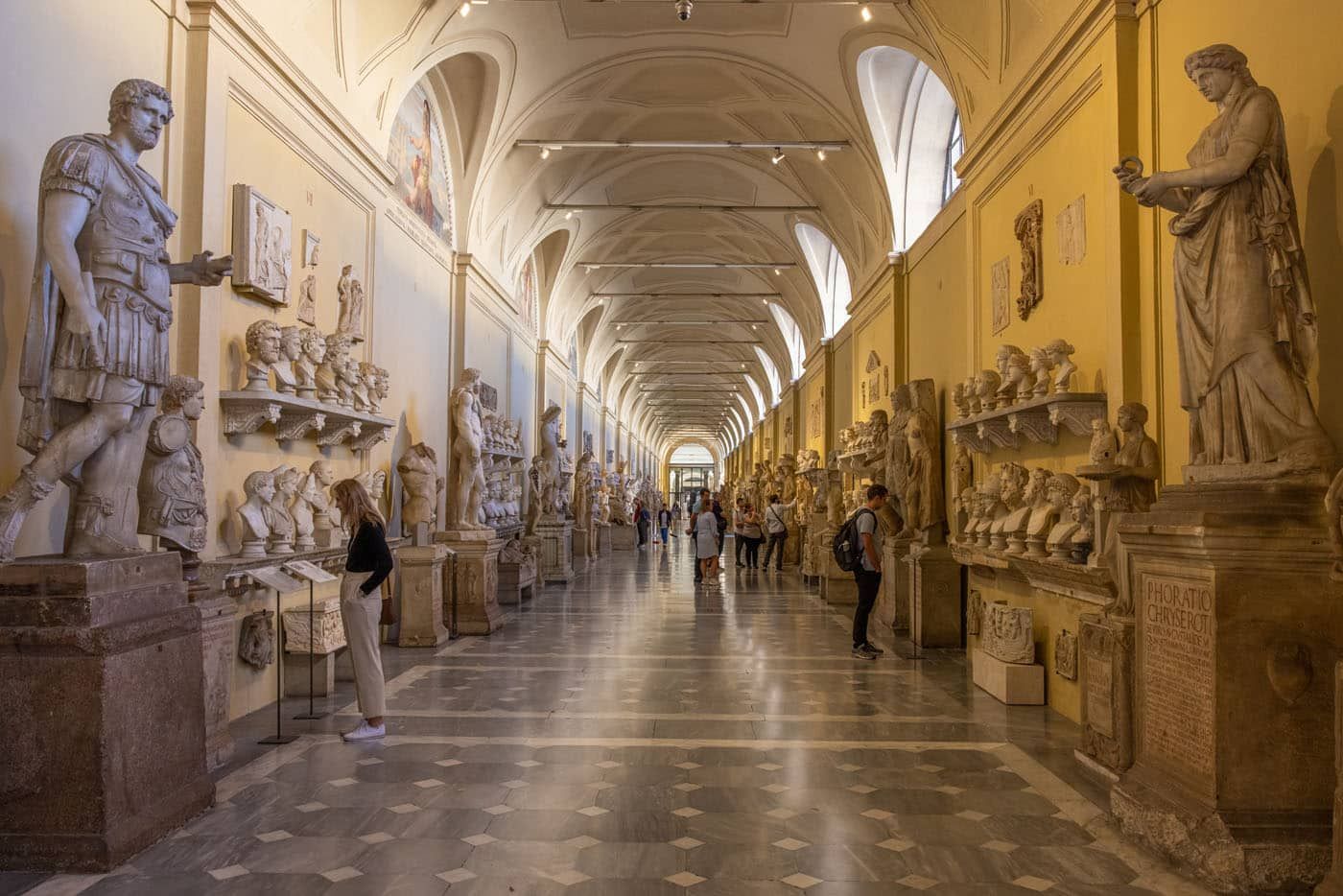
Hall of Statues
Octagonal Courtyard
In this open courtyard sits some of the most important sculptures in the Vatican Museums.
The Laocoön Group is a sculpture of a Trojan priest and his two sons that were attacked by serpents. This artwork dates back to the first century AD.
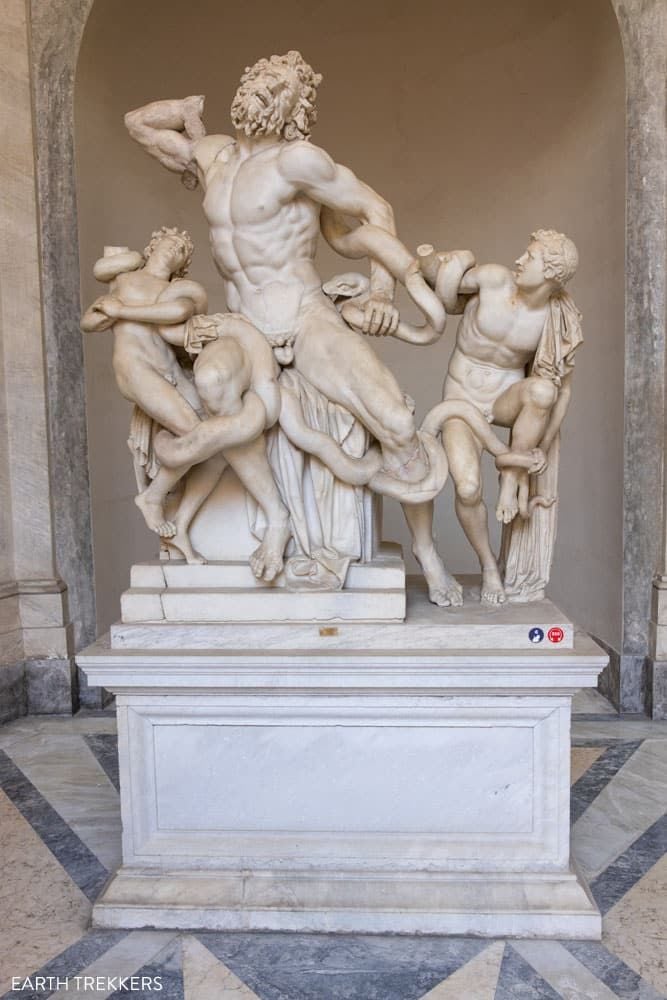
Laocoön Group
More statues sit around the courtyard as well as one of the baths from ancient times.
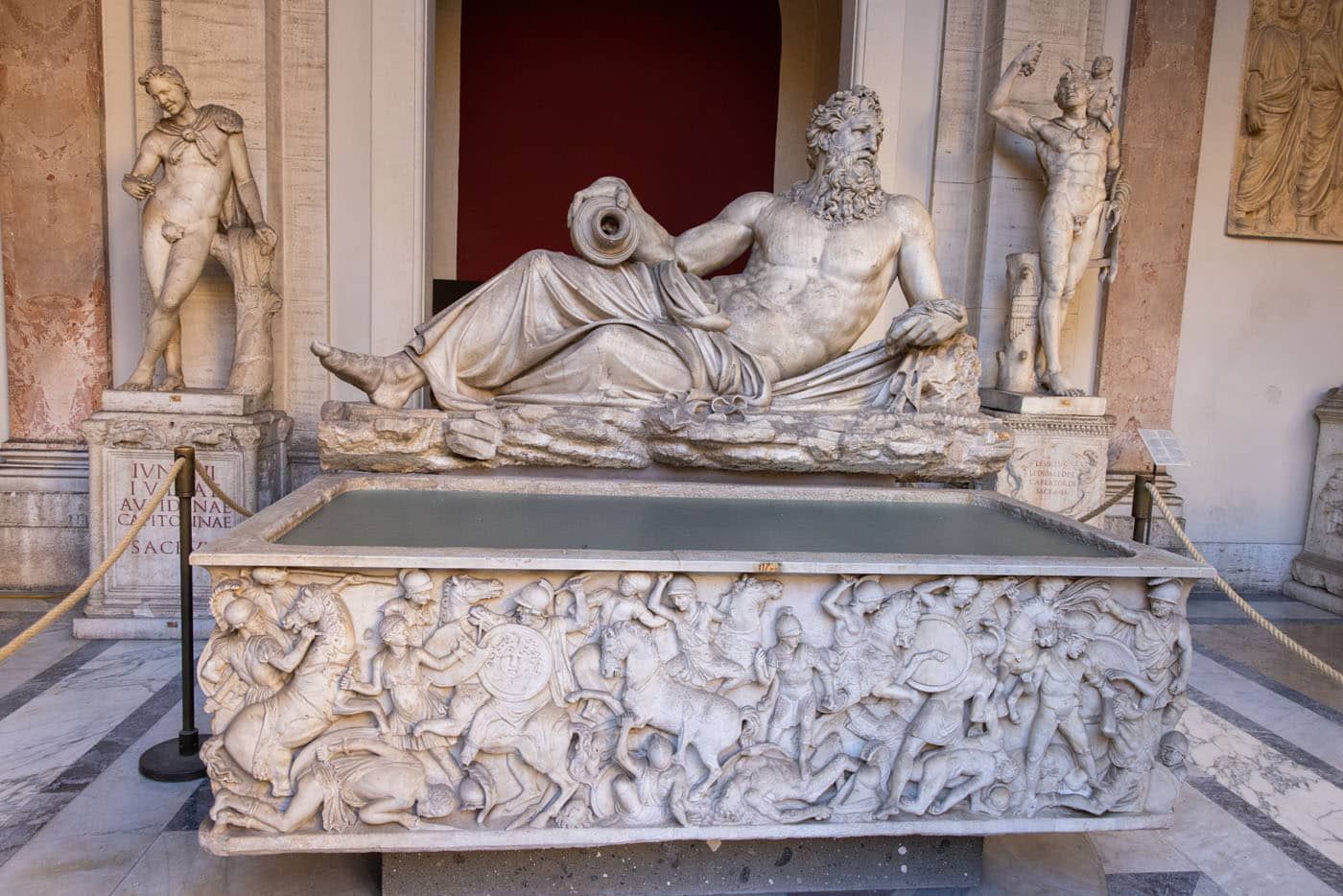
Ancient bath in the Octagonal Courtyard
Room of the Animals
This room is usually closed off, but you can still see the artwork from behind the rope. The name gives it away, but the Room of the Animals is filled with exquisitely carved statues of various animals.
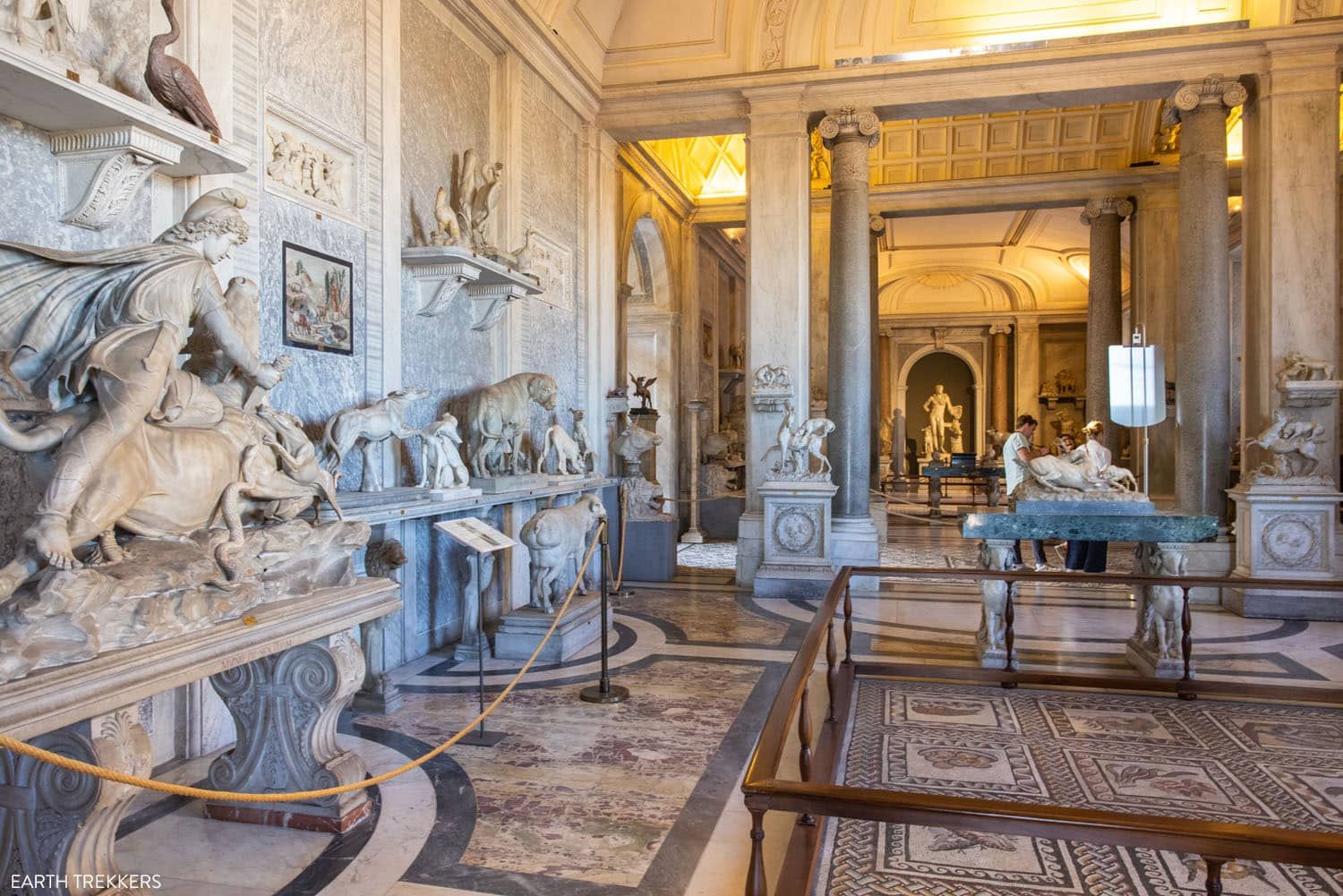
Room of the Animals | How to visit the Vatican Museums
Cabinet of Masks
The Cabinet of Masks is an add-on to a standard ticket into the Vatican Museums and can only be visited with a guide. Sometimes it is referred to as the Vatican’s “secret chamber.”
To get here, you will walk through the Room of the Animals and past the Gallery of Statues.
The Cabinet of Masks is a small room that contains several very important sculptures and historic pieces. On the floor is a tiled mosaic from the villa of Emperor Hadrian in Tripoli. You can see the painting of the “Marriage of Bacchus and Ariadne” and sculptures of Paris and Venus.
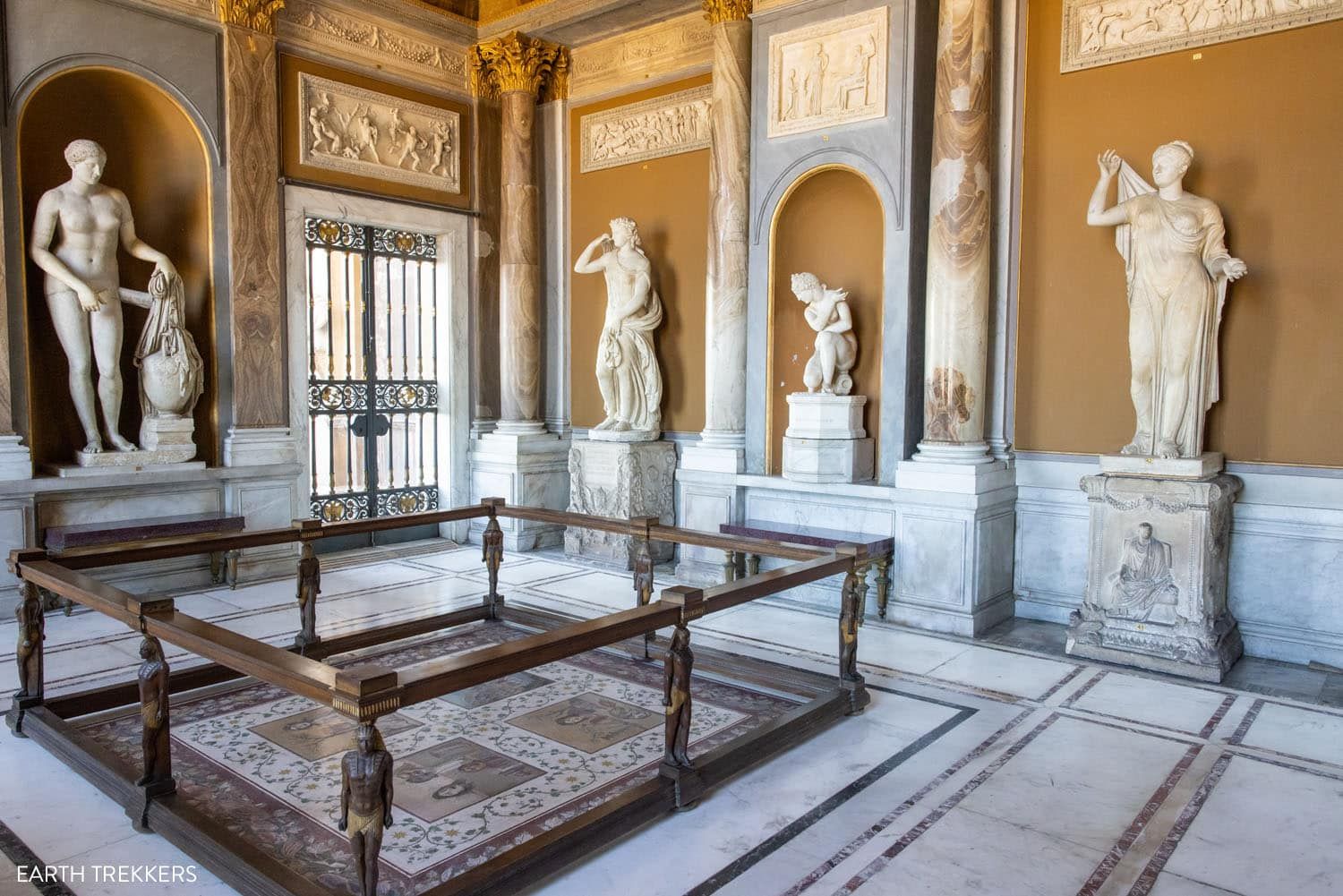
Cabinet of Masks
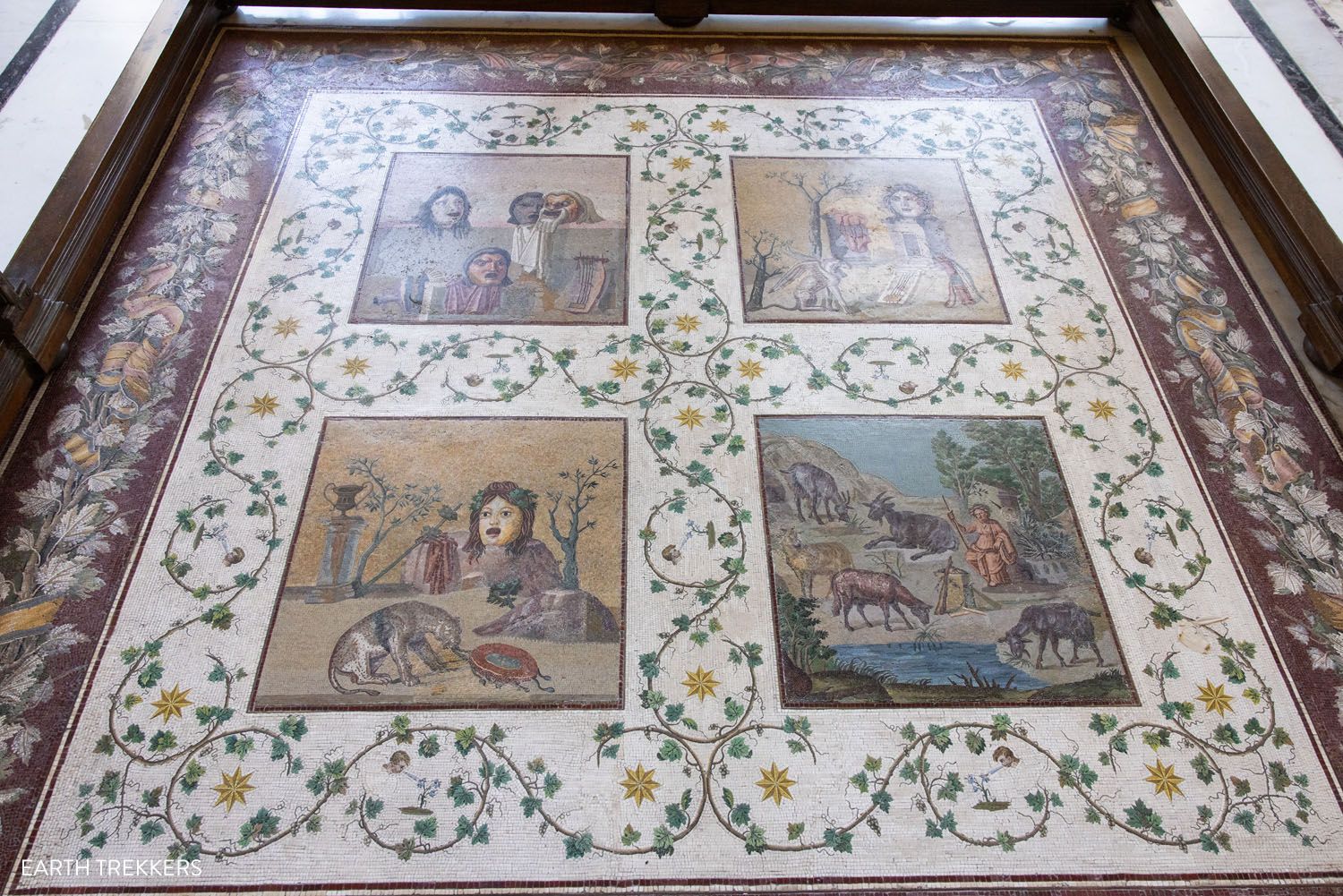
The mosaic floor from Hadrian’s Villa
It may seem a little out of place, but you can also see what is called the “Dung Chair.” This rose marble chair has a hole in the center of it. Legend has it that it was used to assess whether the newly elected pope was male or female. The pope would sit on this chair and undergo an examination.

The Dung Chair
Before you go, take a look outside through the window. You look out to a terrace and can see a portion of the Rome skyline.
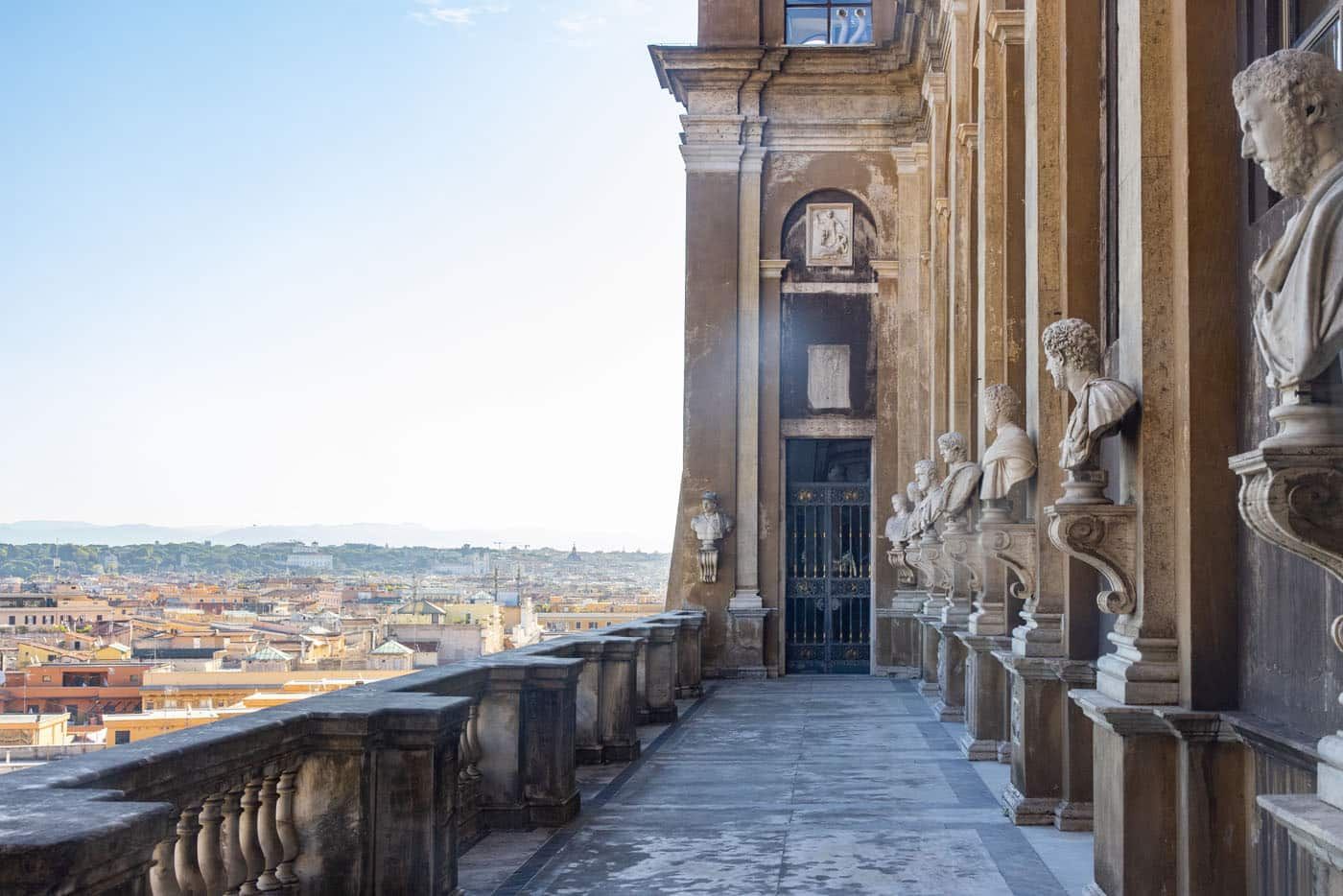
Cabinet of Masks Terrace
Gallery of Statues
This beautiful room is another “secret room” in the Vatican. It is filled with sculptures, baths from ancient times, and has an elaborately painted ceiling. You can see this room as you walk from the Room of the Animals to the Cabinet of Masks, if you included the Cabinet of Masks on your tour of the Vatican.
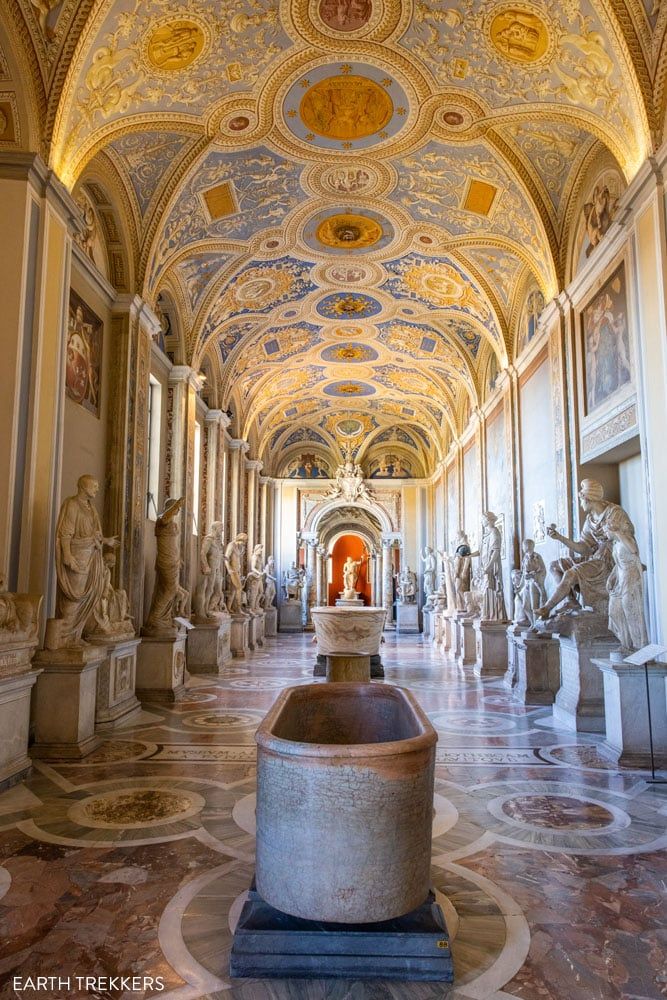
Gallery of Statues
The Belvedere Torso
The Belvedere Torso is in the Room of the Muses, which you will enter after walking past the Room of the Animals. This statue is important in that it had a big influence on Michelangelo’s art and the muscularity of the men in his statues and paintings.
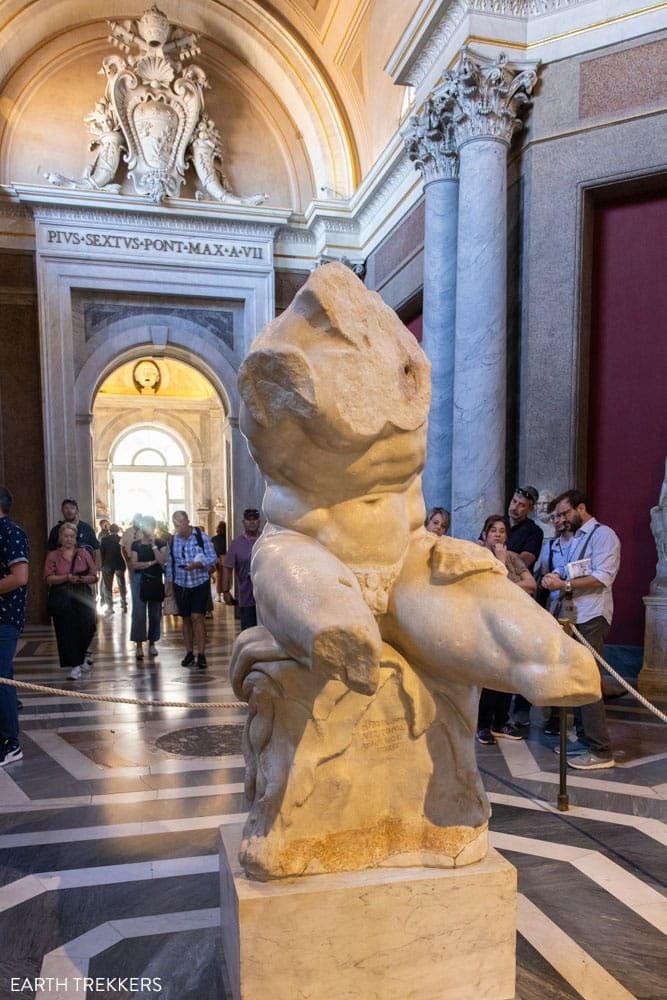
Belvedere Torso
The Round Room
Sitting in the center of the Round Room is Nero’s bathtub, which stood in his golden house, also called the Domus Aurea. The Domus Aurea is in Rome and can be visited on a tour.
Galleria della Candelabra
After passing through a few more rooms, you will walk up a flight of stairs and come to the Galleria della Candelabra. This was once an open terrace that was lit with candles. It was enclosed in the 18th century. The floor and ceiling are beautiful.
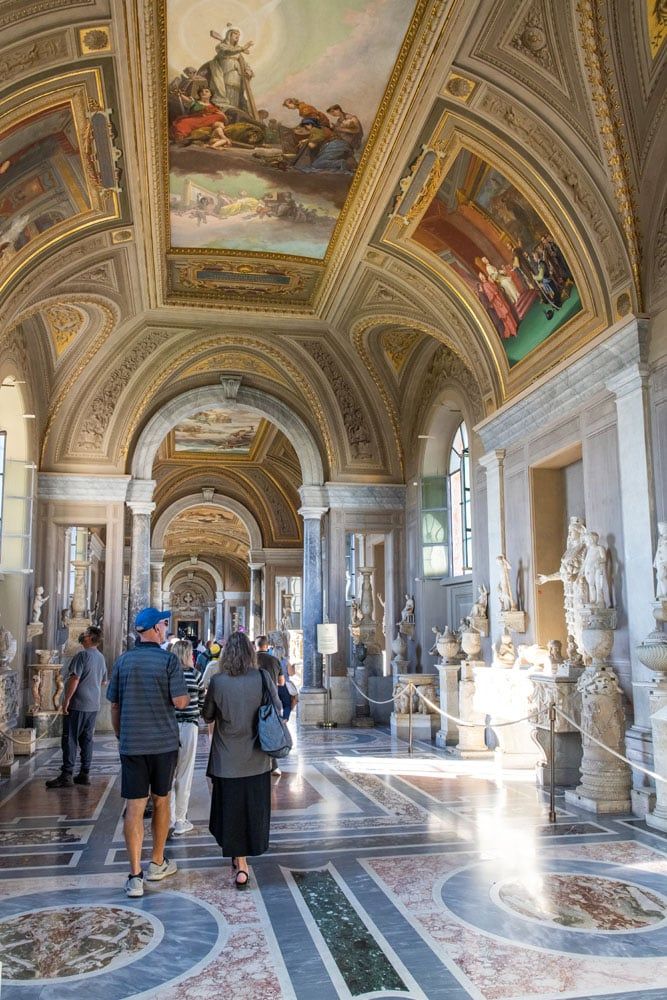
Galleria della Candelabra
Gallery of the Tapestries
Galleria della Candelabra leads into the Gallery of the Tapestries, a long hallway where the walls are covered with tapestries that tell the story about the life of Urban VIII, the birth of Jesus, the Transfiguration, the Resurrection, and the massacre of the innocents. These tapestries date back to the 1500’s and it took 9 years to complete one tapestry.
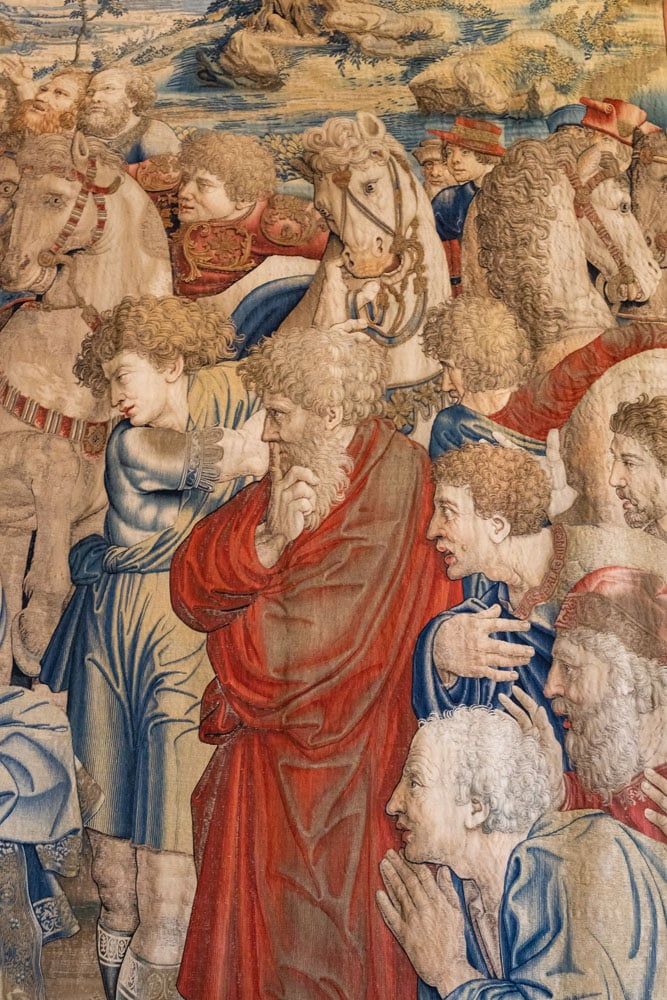
One of the tapestries in the Gallery of the Tapestries
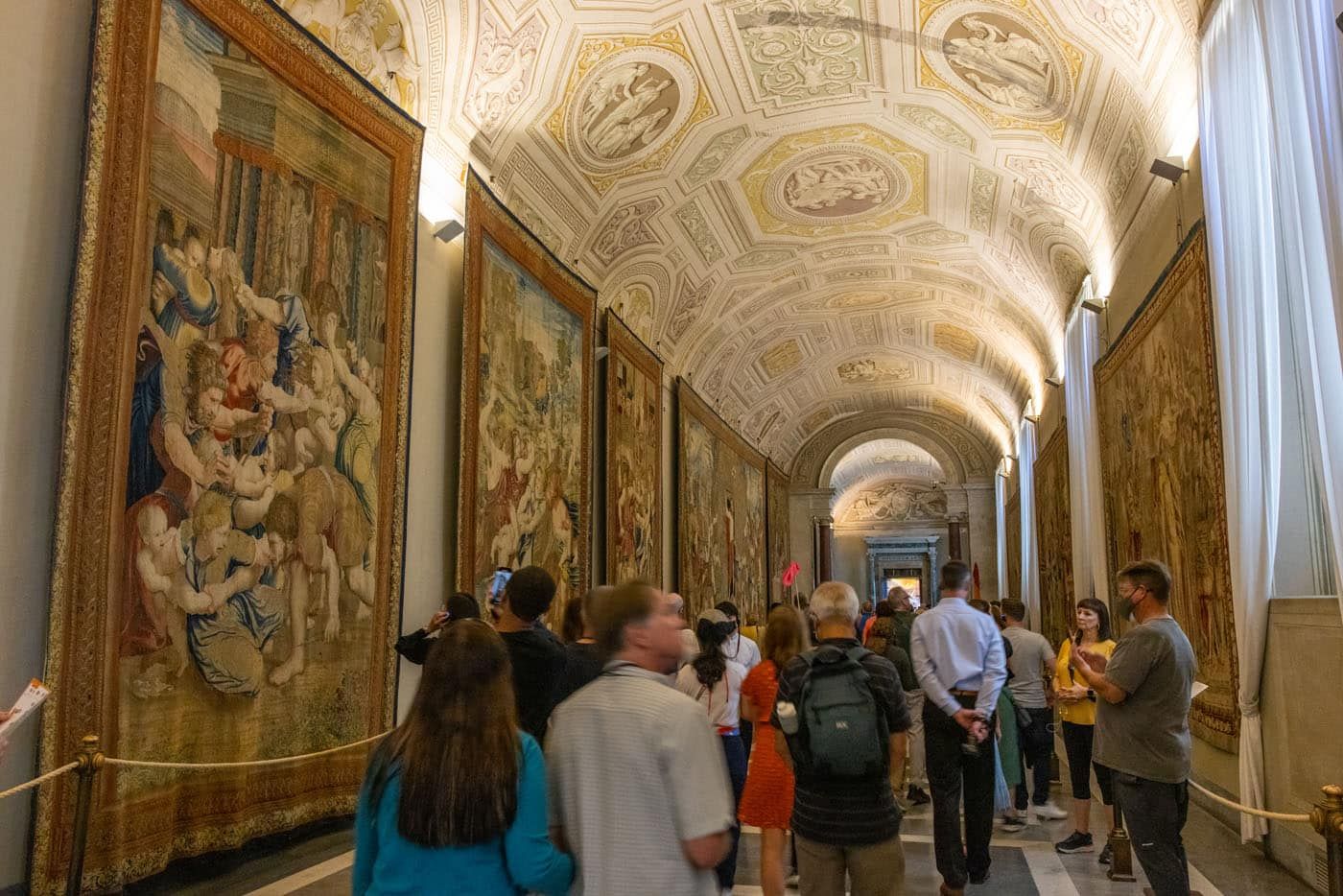
Gallery of the Tapestries
Gallery of the Maps
This is one of the most famous rooms in the Vatican Museums. On the walls are maps commissioned by Pope Gregory XIII in the late 1500’s. There are 40 maps on the walls, all maps of Italy with a small portion of southern France. The ceiling was painted in the 1600’s by Giralamo Muziano and Cesare Nebbia.
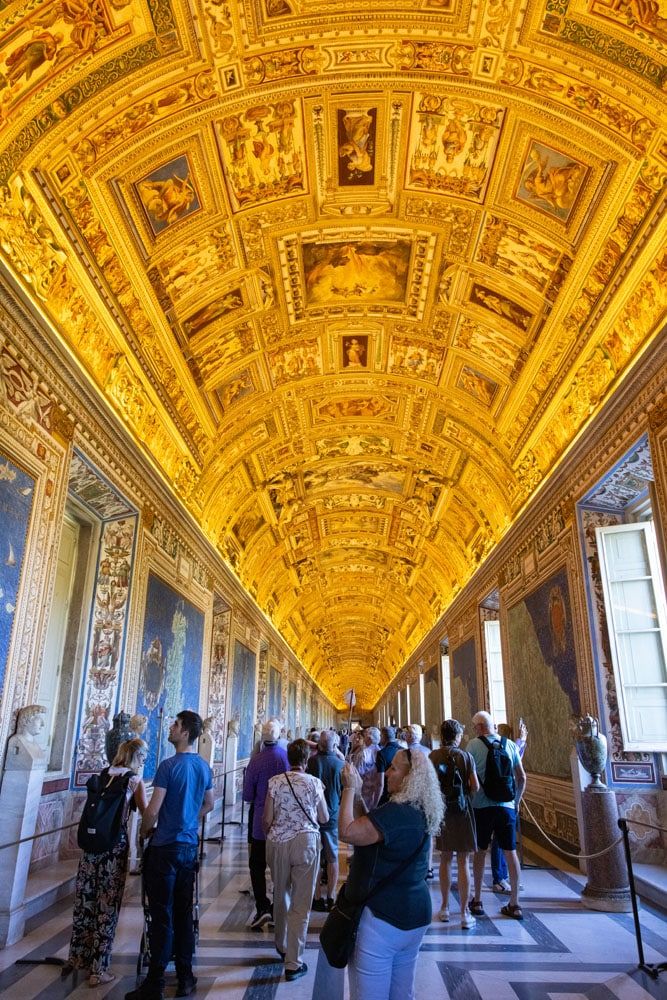
Gallery of the Maps
Raphael Rooms or Sistine Chapel?
Once you exit the Gallery of Maps, you have a choice to make. You can go left to visit the Raphael Rooms and then visit the Sistine Chapel. Or you can turn right and immediately go to the Sistine Chapel. But once you visit the Sistine Chapel, you will not be allowed to enter the Raphael Rooms.
The Raphael Rooms are gorgeous and well worth the few extra minutes. These rooms are one of our favorite things to see in the Vatican Museums.
Room of the Immaculate Conception
If you choose to go to the Raphael Rooms, you will first walk through the Room of the Immaculate Conception. The frescoes that cover the walls and ceiling in this room are rather recent, painted in the 19th century by Francesco Podesti. These frescoes portray scenes from the proclamation of the Dogma of the Immaculate Conception by Pope Pius IX.
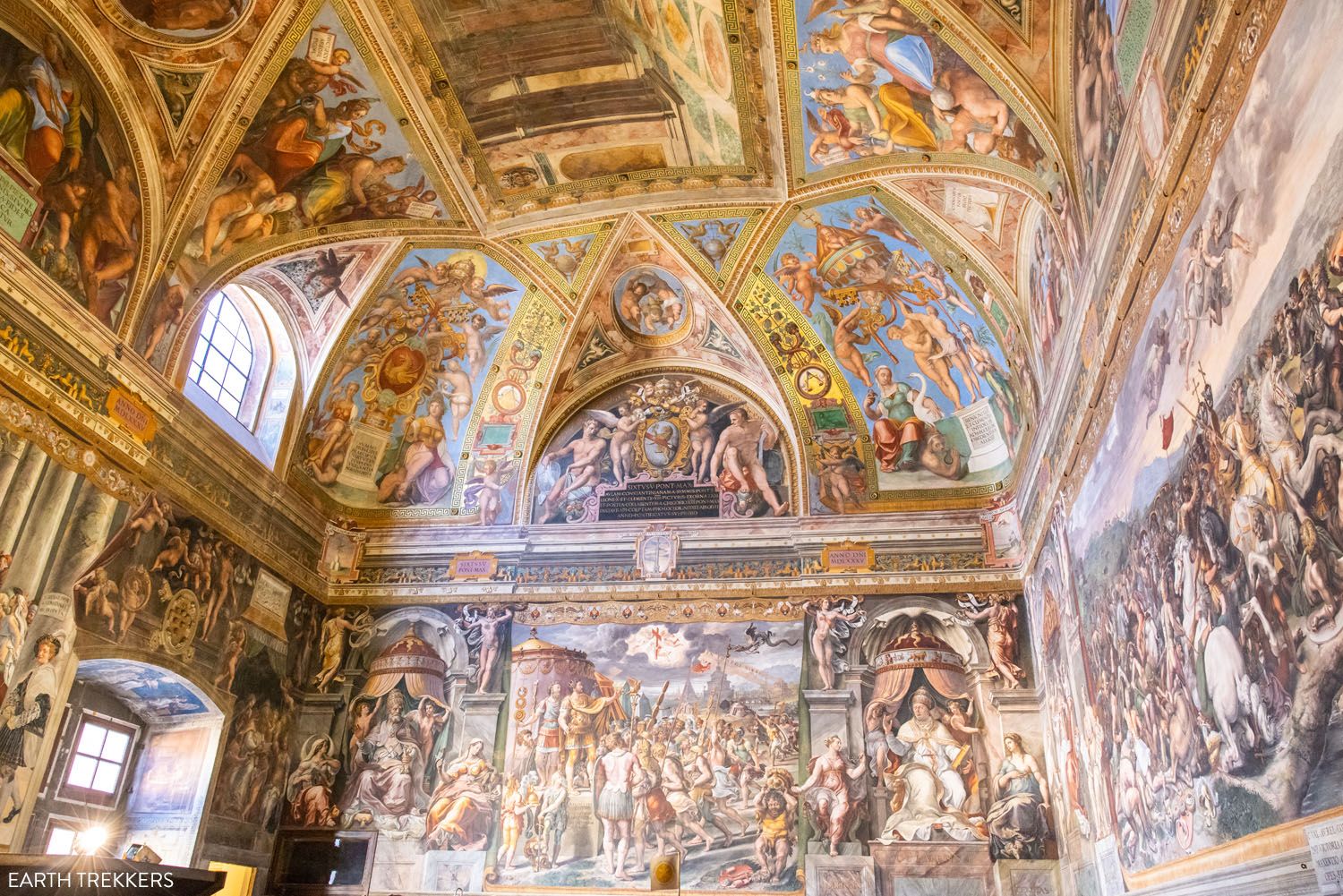
Room of the Immaculate Conception
The Raphael Rooms
The Raphael Rooms were the apartments of Julius II. It took Raphael 16 years to paint these rooms, from 1508 to 1520. He died before they were completed, so the paintings were finished by his students.
There are several rooms filled with frescoes, the most famous being the Room of the Segnatura (Stanza della Segnatura). This room eventually became the place where Papal documents were signed, which gives this room its name (segnatura means signing).
The most important fresco is The School of Athens. Plato and Aristotle are searching for truth. Plato, the man with the orange robe who is carrying a book, was painted with the face of Leonardo da Vinci.
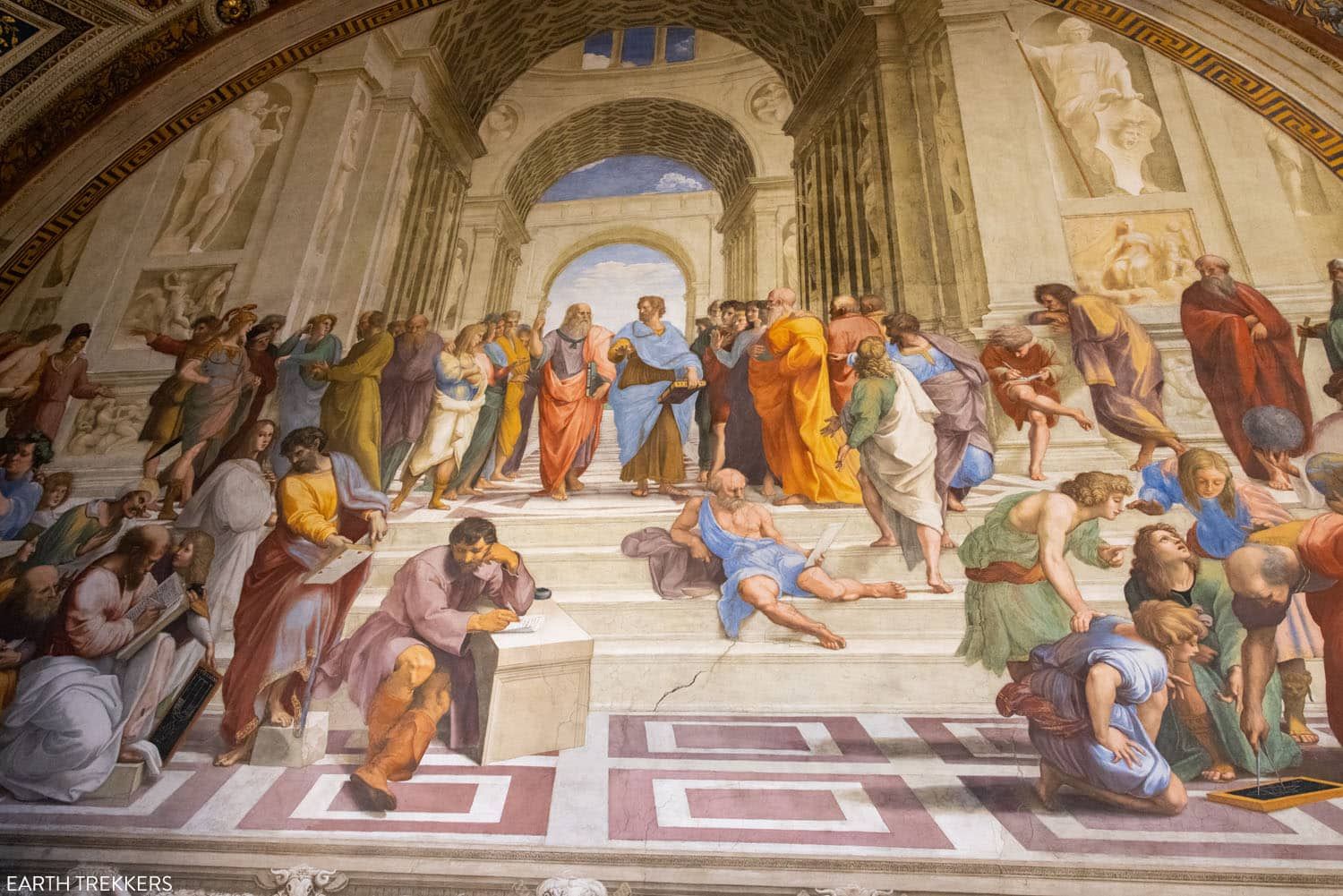
The School of Athens
As you walk through the remaining rooms, you will see more paintings, including The Fire in the Borgo and The Battle of Ostia.
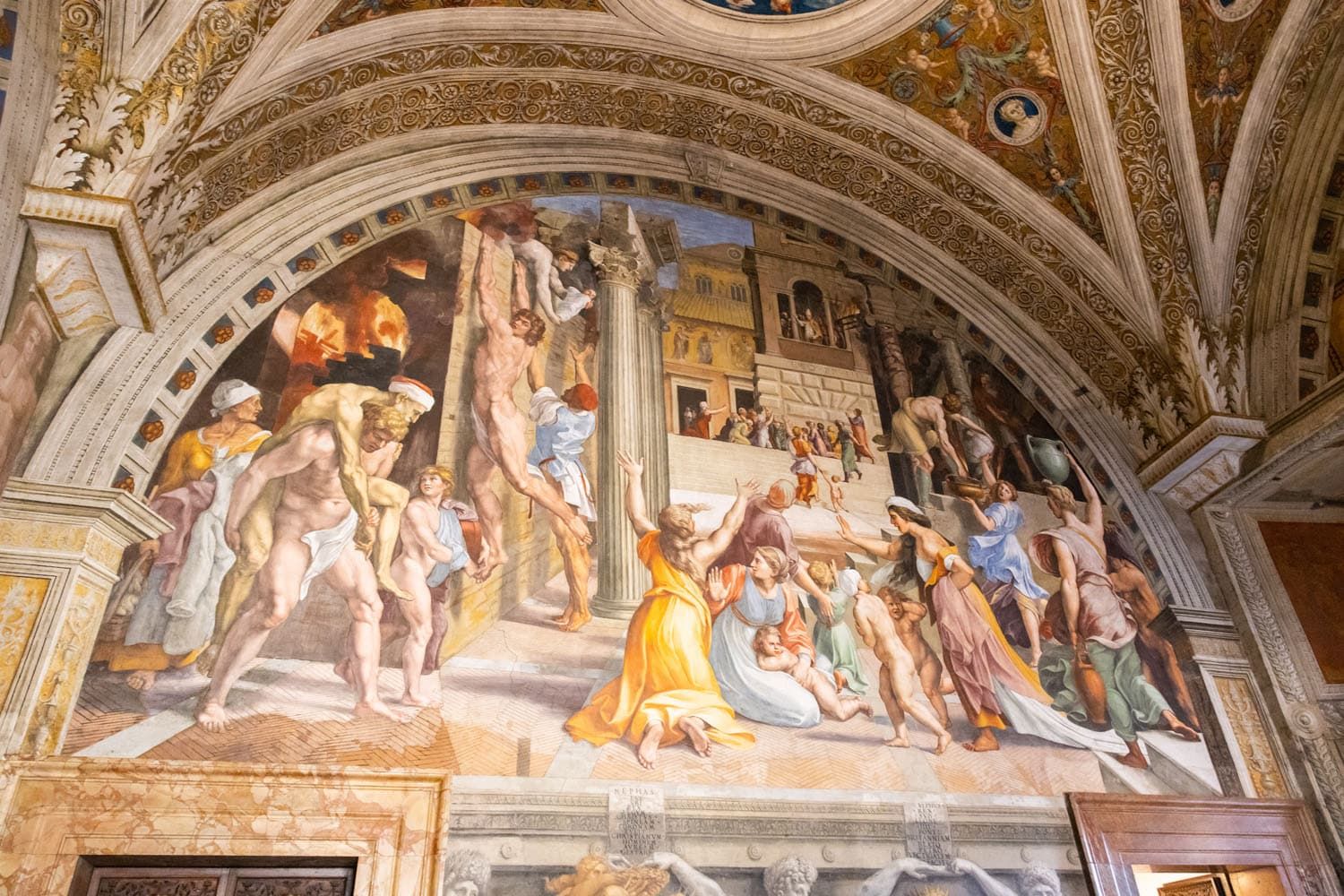
The Fire in the Borgo
The Sistine Chapel
To get from the Raphael Rooms to the Sistine Chapel, you will walk through the Borgio Apartments and the Museum of Modern Art.
The Sistine Chapel was built between 1473 and 1481. It gets its name because it was commissioned by Pope Sixtus IV. When it was completed, the ceiling was painted blue and covered with stars.
The frescoes on the walls were painted by Botticelli, Perugino, and other famous artists. They are Renaissance masterpieces, but Michelangelo would later come and steal the show by painting the ceiling.
In 1508, Michelangelo began painting the ceiling of the Sistine Chapel. Until this time, he had only been a sculptor with no real experience painting frescoes. It took him four years to complete the ceiling and has become one of the most important Renaissance artworks. He also returned to paint The Last Judgement, a fresco on the wall behind the altar.
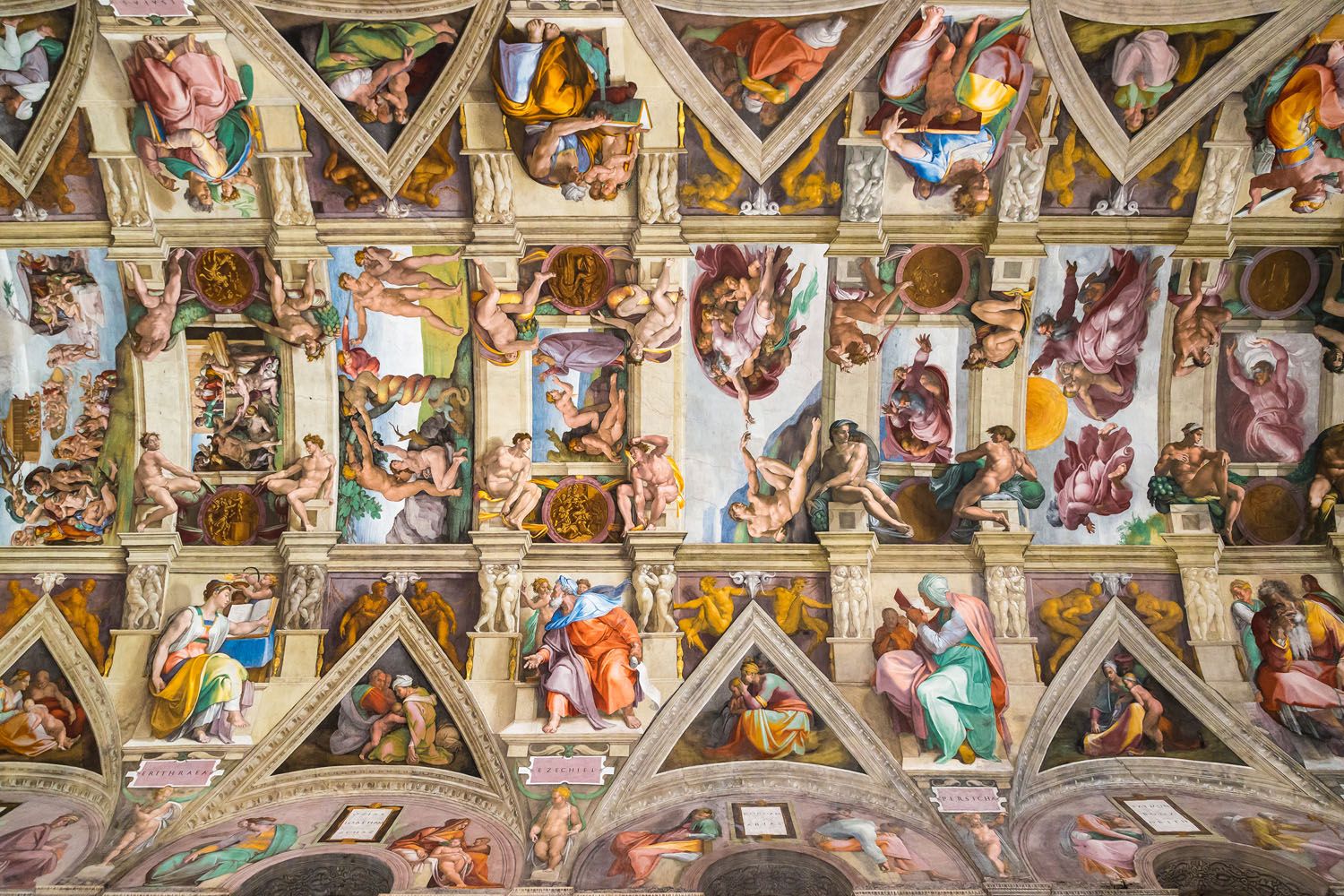
Ceiling of the Sistine Chapel | Sergii Figurnyi/shutterstock.com
Photos are not allowed inside of the Sistine Chapel (we purchased the photo above from shutterstock.com). This is strictly enforced. You are also not permitted to speak while in this room. It can be hot and crowded. If you take an early morning tour, you will get this experience with fewer people, which makes it much more pleasant (we’ve been here when it was wall to wall people and with just a few other visitors).
PRO TRAVEL TIP: On our most recent visit, we took an early morning tour of the Vatican Museums. We had the option to go right to the Sistine Chapel first, to see it with just a few people. Our guide said that wasn’t worth it…it’s better to tour the other rooms with lower crowds than to see the Sistine Chapel right at opening time. In the Sistine Chapel, most of the time you are looking up, and since you can’t take photos, there’s no rush to get here from a photography standpoint. We visited the Sistine Chapel at 10 am and there were a handful of people here, but it did not feel overly crowded.
Exiting the Sistine Chapel
There is a door that leads to a passageway that connects the Sistine Chapel directly to St. Peter’s Basilica. Only certain tour groups are allowed to take this exit.
The main exit leads you to a long hallway that takes you back towards the entrance of the Vatican Museums. You will collect your things, if you put anything into storage, and then exit the Vatican Museums. You will walk down the modern Bramante Staircase, which is a double helix ramp and one of the most photographed places within the Vatican Museums.
Our photo was taken first thing in the morning, at the start of our early morning Vatican tour.
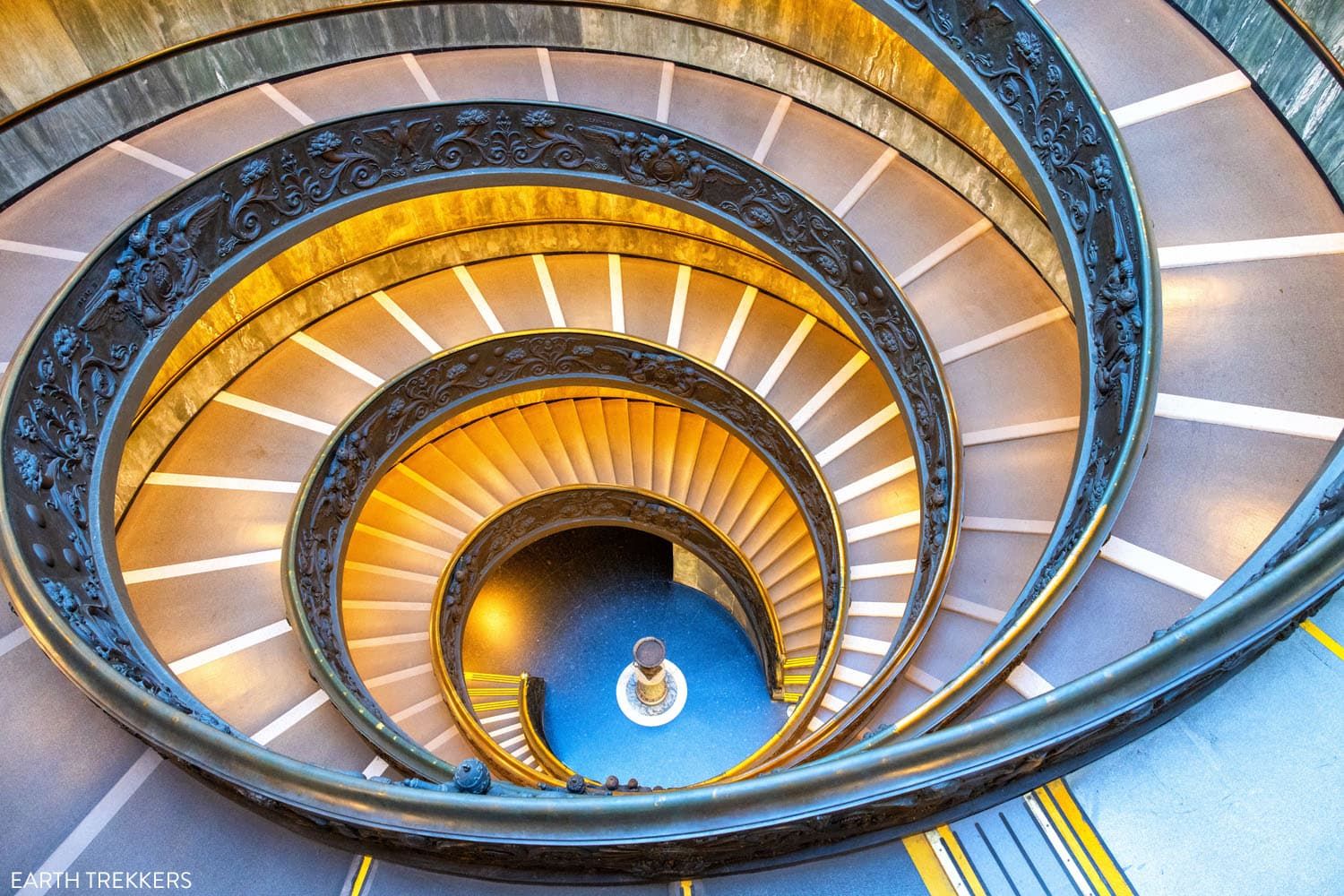
The modern Bramante Staircase
The Bramante Staircase
The original Bramante Staircase was built in 1505 by Donato Bramante as a double helix. Its purpose was to allow people and animals to ascend to the Belvedere palace of Pope Innocent VIII.
The design of the modern staircase, which is also a double helix and how visitors exit the museum, was inspired by the original Bramante Staircase.
It is believed that Michelangelo lived in the room at the top of the these stairs.
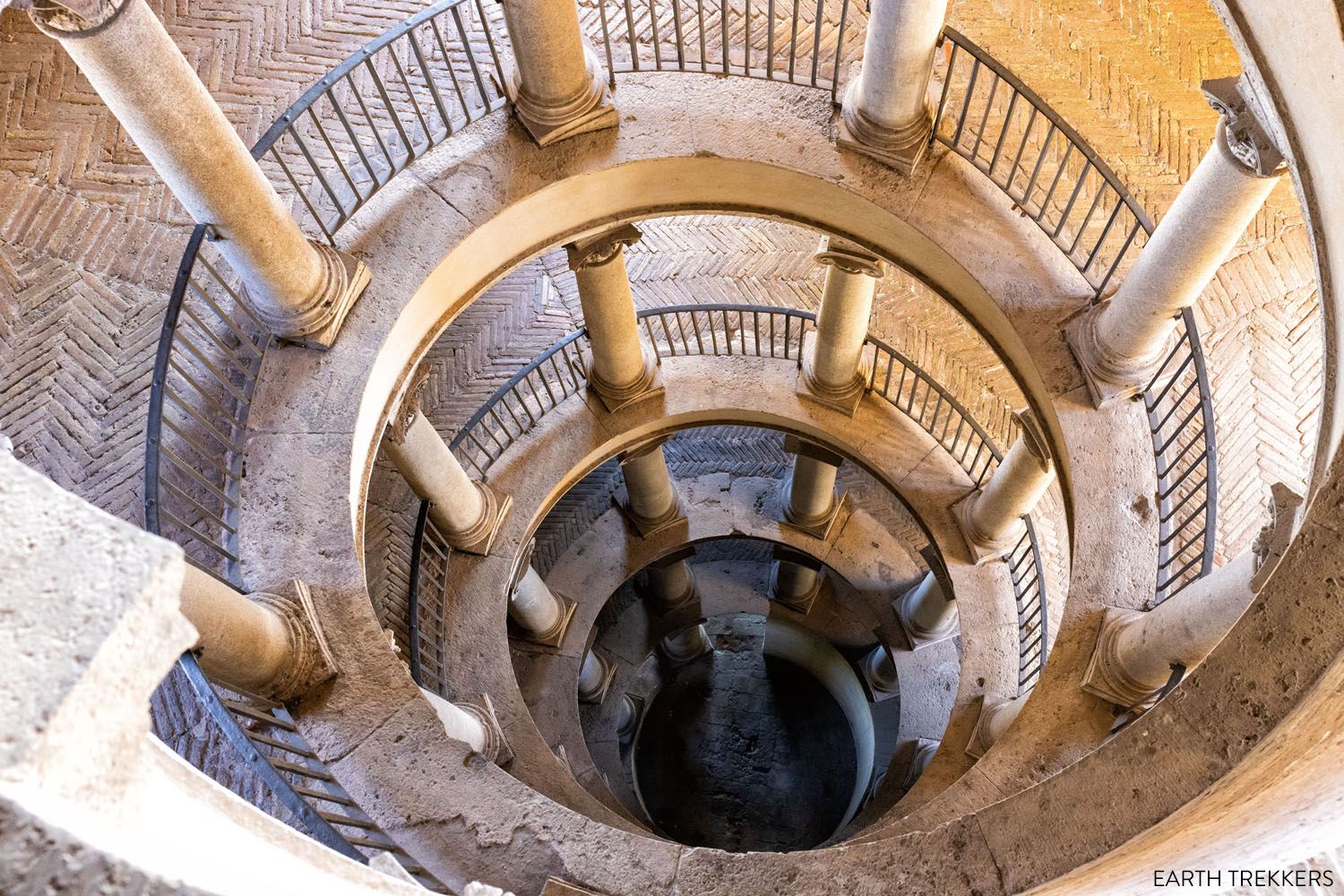
The original Bramante Staircase
Seeing the Bramante Staircase can only be done with a guide and is limited to just a few people per day. It’s also a very pricey add-on to the Vatican Museums (about €350 per person).
We did this to get the full experience of the Vatican Museums, and to be able to write this guide. Paying that kind of money to see just one sight within the Vatican Museums is not something many people would consider doing. However, it is one of the most interesting things that we saw in the Vatican, we were the only ones here, and could walk up and down the ramp and take as many photos as we liked.
Here are a few more photos.
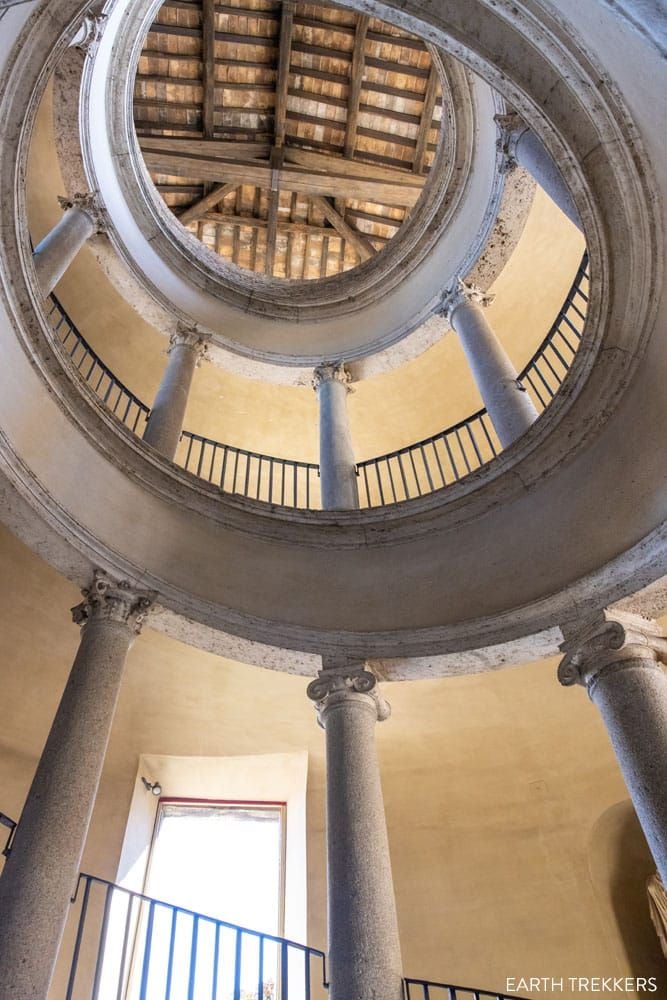
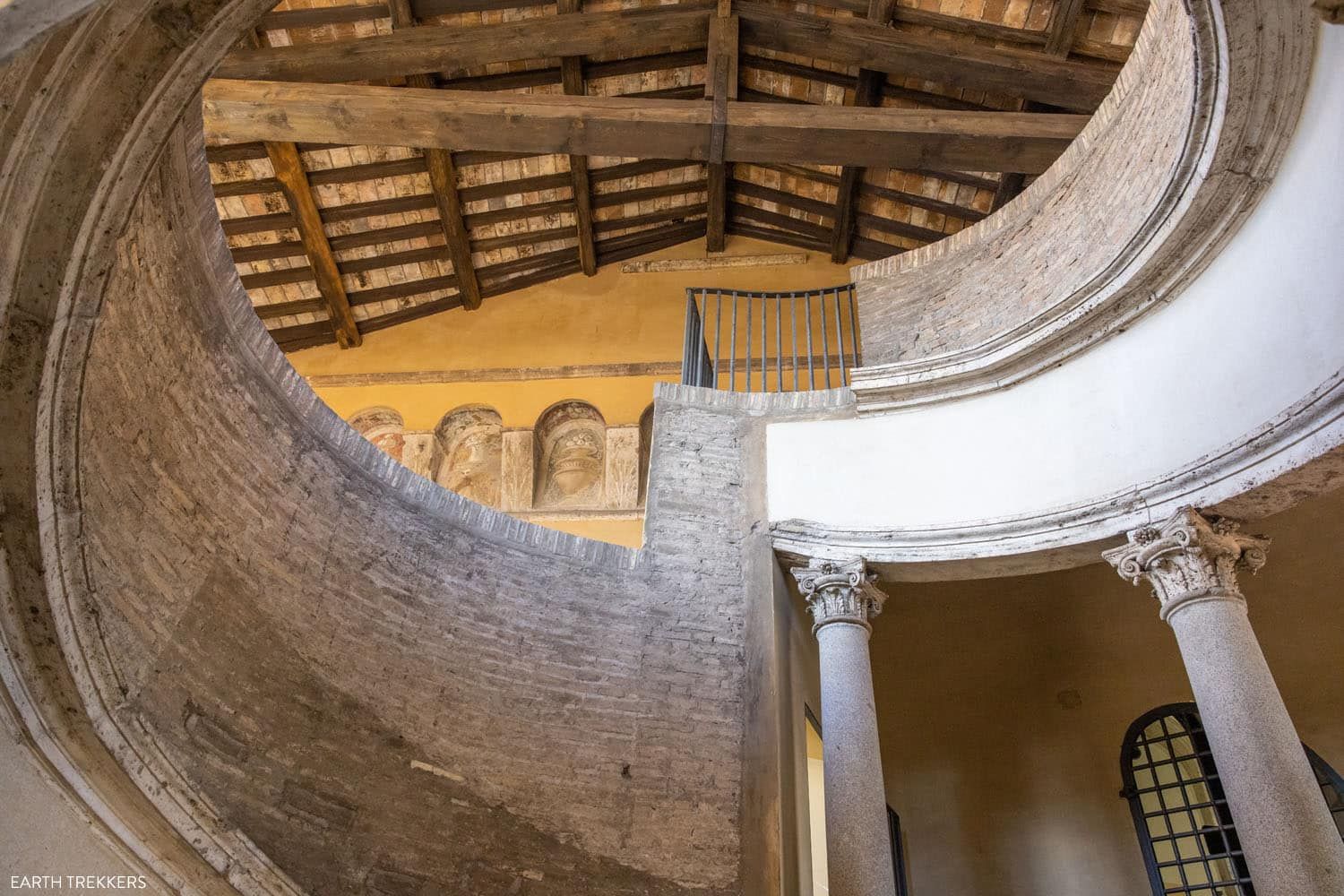
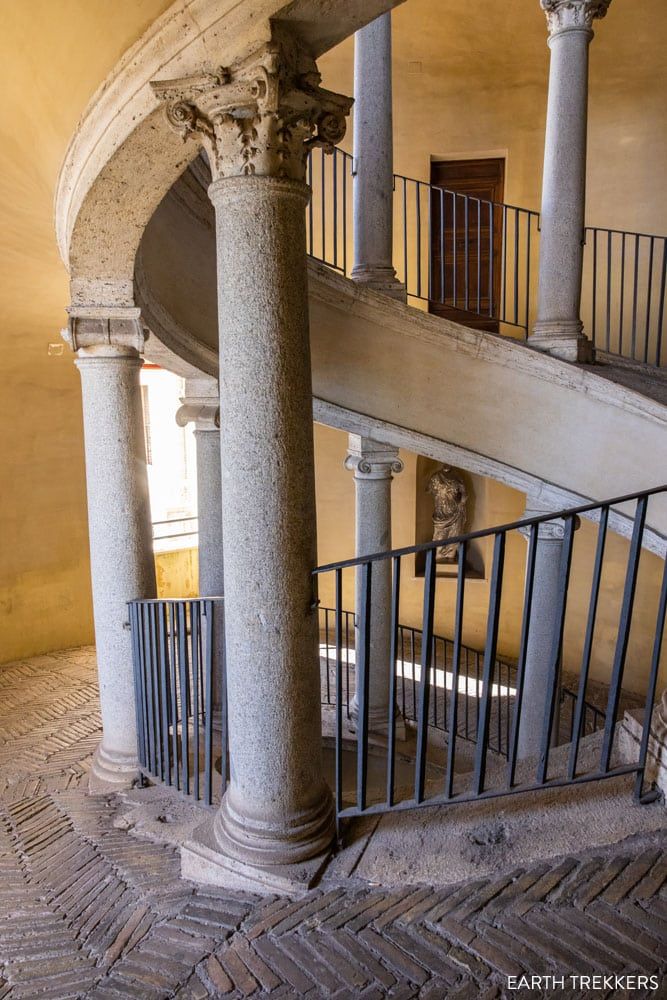
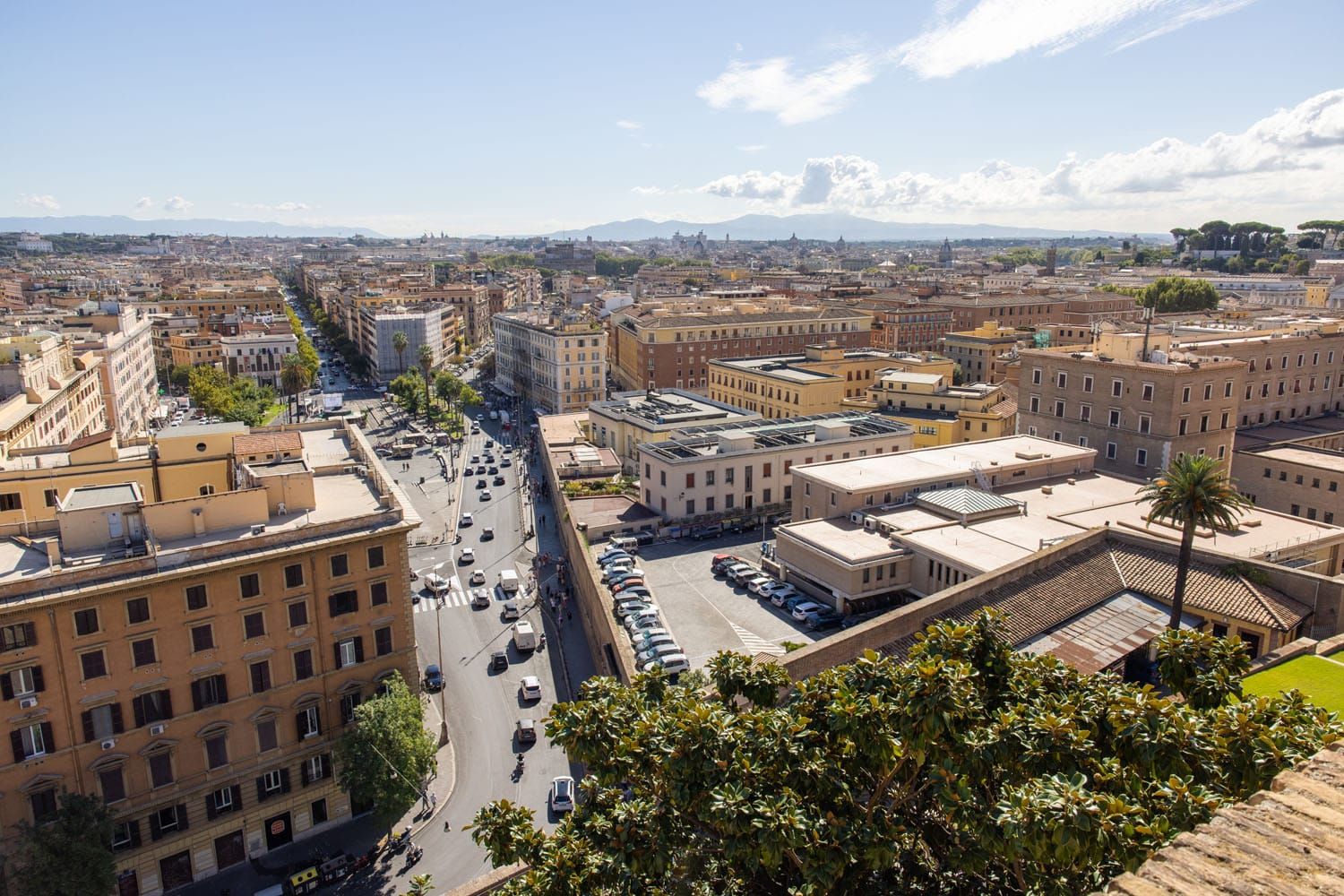
You also get a nice view of Rome while visiting the Bramante Staircase.
About the Tour We Took
We booked the Private Morning Vatican Tour with Secret Room by LivItaly Tours (€499) and added on the Bramante Staircase (€400). To do this, we spent a huge amount of money, (€850 in 2022), and prices have gone up since we did this (it costs about €919). We also paid full price for this tour. We don’t ask for discounts and don’t make it known that we run this travel website, so we can get the same experience as everyone else.
Most people wouldn’t consider spending this amount of money to tour the Vatican. Mainly we did it so we could write this guide to the Vatican Museums.
And for most people, I don’t think it’s worth it. You really have to have an interest in the Bramante Staircase and the Cabinet of Masks for this to be worth what you pay.
This tour only included the Vatican Museums and it lasted about 4 hours (from 7:30 am to 11:30 am).
However, an early morning tour is absolutely worth it. Our first visit to the Vatican Museums was midday in July. This place was mobbed. We couldn’t wait to get out of the museums and did not enjoy our visit. On an early morning tour there are far fewer people and you get a much better experience.
If you want to take an early morning tour, but without the secret rooms, this tour with LivItaly uses the tunnel between the Sistine Chapel and St. Peter’s Basilica, which saves you a lot of time.
Getting from the Vatican Museums to St. Peter’s Square
From the exit of the Vatican Museums to St. Peter’s Square, it is a 1 km walk that takes about 15 minutes. You will walk around the outskirts of Vatican City and then enter St. Peter’s Square.
If you are hungry, Alice Pizza is just a very short detour off of this walking route. You can get pizza al taglio. It’s cheap, it’s fast, and the pizza is great. Our Vatican Museums guide recommended this restaurant to us and it was a perfect, quick lunch spot. For more recommendations on where to eat in the area, check out our Rome Restaurant Guide. These restaurants are also marked on the map above.
Things to Do at St. Peter’s Basilica
St. Peter’s Square
This is the square that sits in front of St. Peter’s Basilica. It was designed by Bernini between 1656 and 1667.
Sitting in the center of St. Peter’s Square is the Vatican Obelisk, which is an Egyptian obelisk made of red granite, as well as two fountains, the Maderno Fountain and the Bernini Fountain. Flanking the square are 284 Doric columns and 88 pilasters.
For the grandest entrance into St. Peter’s Square, walk up Via della Conciliazione.
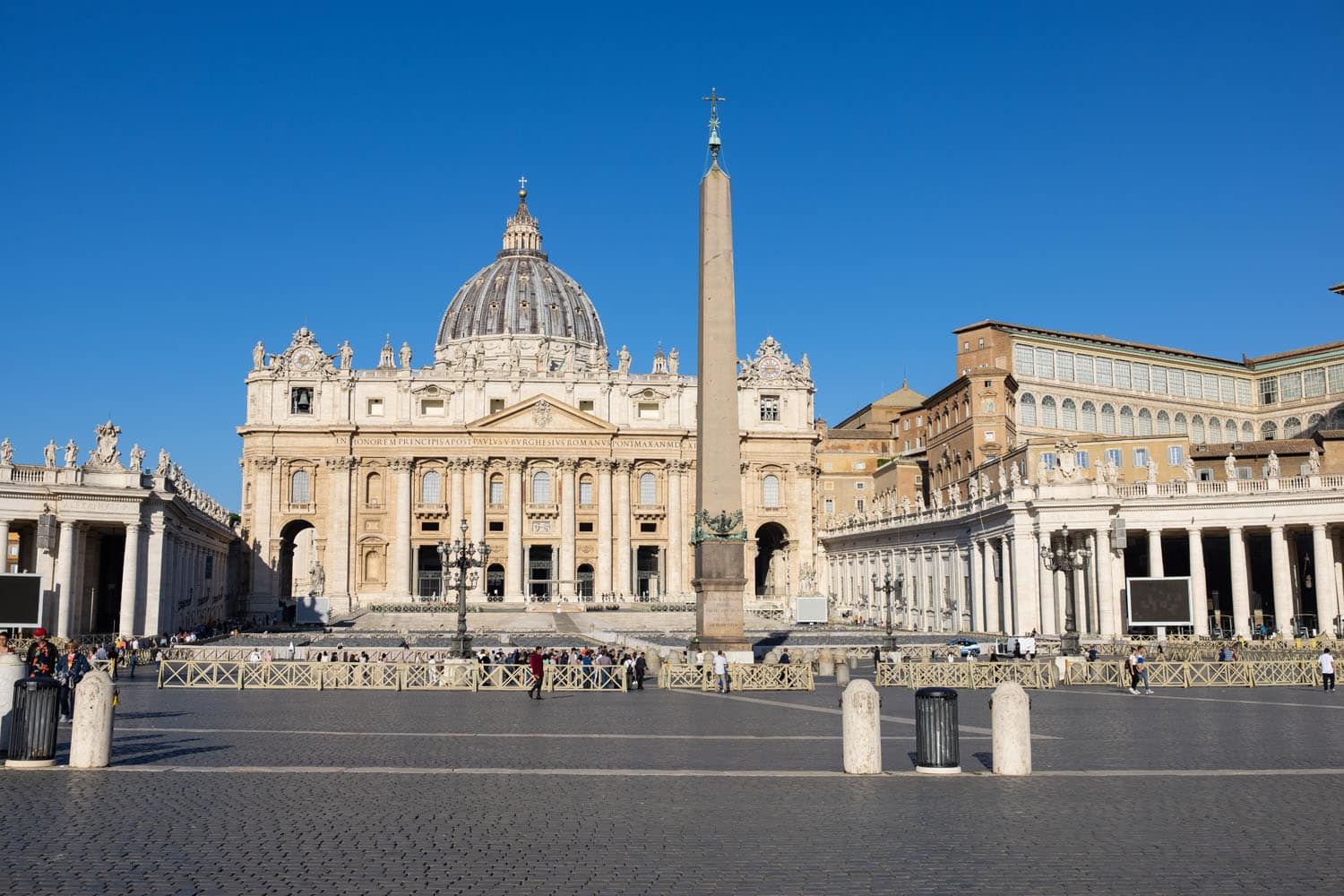
St. Peter’s Square | How to visit the Vatican
The entrance into St. Peter’s Basilica is located on this square (to the right of the basilica). You can enter the basilica as early as 7 am. The line generally forms starting at 8 am and by 9 am snakes its way across St. Peter’s Square.
Entering St. Peter’s Basilica
The entrance into St. Peter’s Basilica is on the right side of the square, near the Maderno Fountain. You will go through security, similar to what you do at an airport, at this location.
There is no fast-track or skip-the-line ticket to bypass the security line. Everyone must go through the security check to enter the basilica, whether you are visiting independently or are on a guided tour. However, there are a few select tours that take an underground tunnel from the Vatican Museums directly into St. Peter’s Basilica, like this one, which skips the security line.
St. Peter’s Basilica is open from 7 am to 7 pm. For the shortest wait in line, get here by 8:30 am.
On our visit in September 2022, at 7:30 am, there was a 10-minute wait to get through security and enter the basilica. When we left, at 8:30 am, there was no line and no waiting time. We returned to the area on the same day at 10:30 am. The line was massive and I estimate that people were waiting at least 45 minutes to get through the security check.
Once past the security check, you will walk right into the basilica. Since it is free to visit and you do not need a ticket, there is no line to enter the basilica once past security.
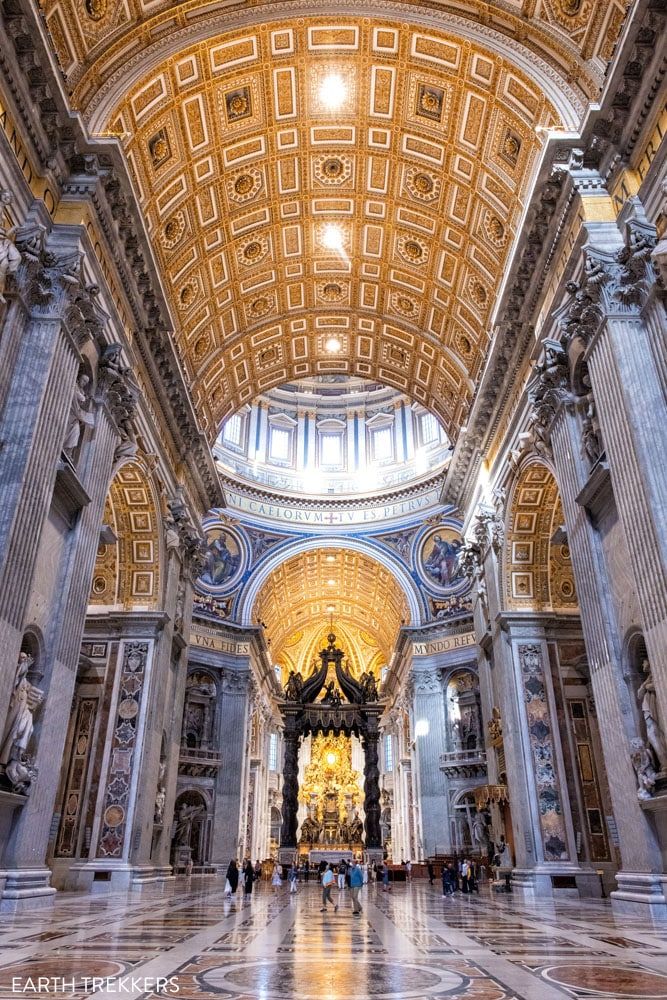
St. Peter’s Basilica
Inside of St. Peter’s Basilica
St. Peter’s Basilica is the largest church in the world. The inside is awe inspiring. Michelangelo, Gian Lorenzo Bernini, and Donato Bramante all played a part in designing and decorating the basilica. Once inside, there are a few things to make sure you see.
The dome. Modeled after the dome of the Pantheon and Brunelleschi’s dome of the Florence Cathedral, the dome of St. Peter’s Basilica was designed by Michelangelo. You can climb the dome for views over Rome, and we’ll get to this soon.
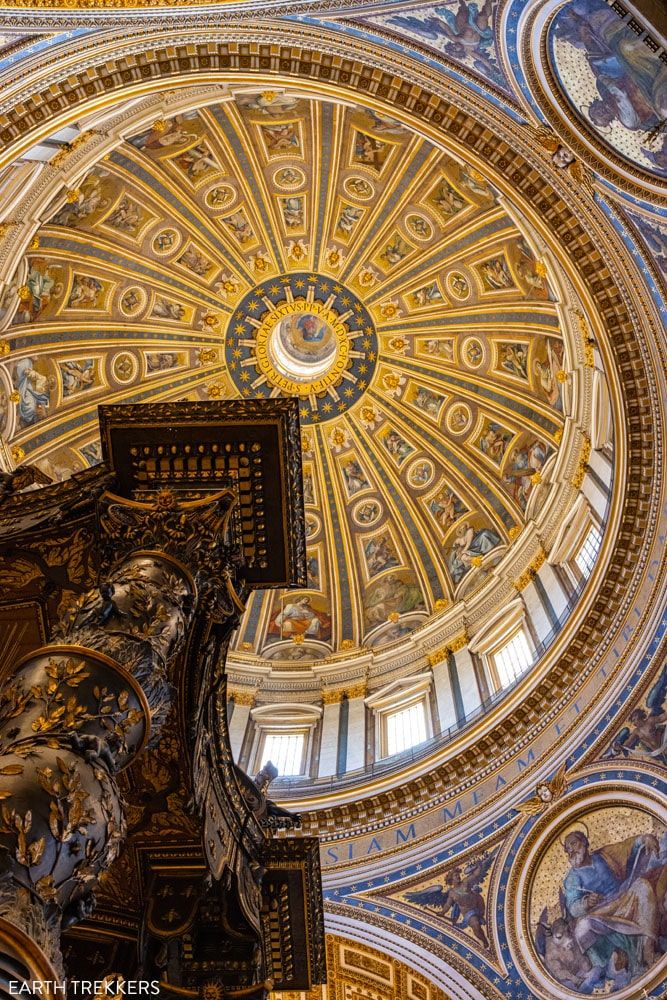
The dome and the top of the Baldacchino
The Papal Altar & the Baldacchino. The Papal altar sits below the dome. The Baldacchino is the four-legged structure that covers the Papal altar. It was designed by Bernini. The columns are bronze and then decorated with gold accents.
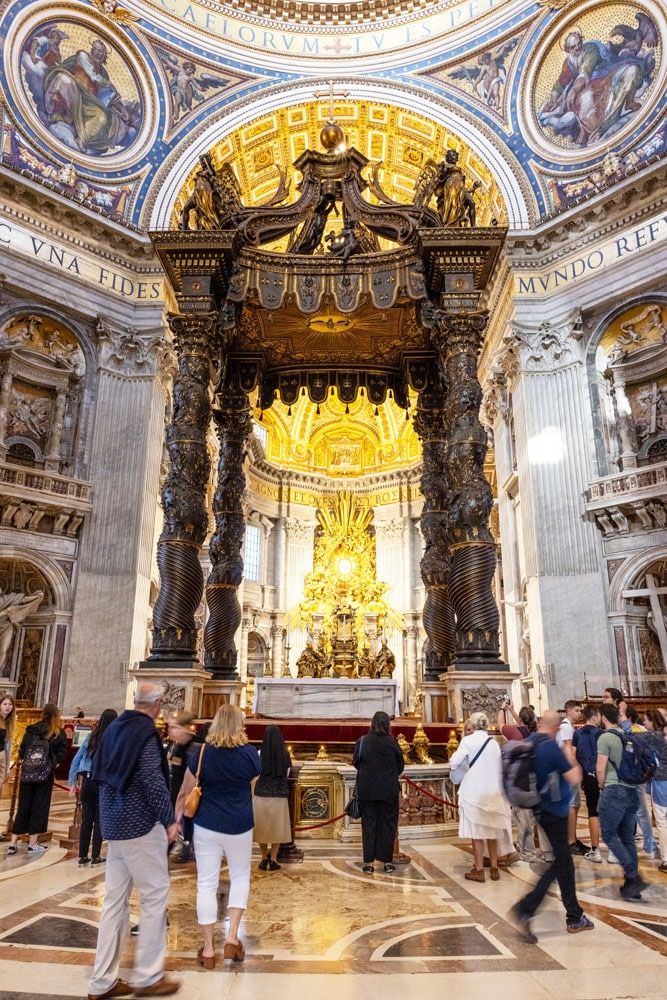
The Baldacchino
St. Peter’s Chair. St. Peter’s Chair, also called the Throne of Saint Peter, is a wooden throne that was used by Saint Peter. Gian Lorenzo Bernini sculpted the ornate bronze casing that surrounds it.
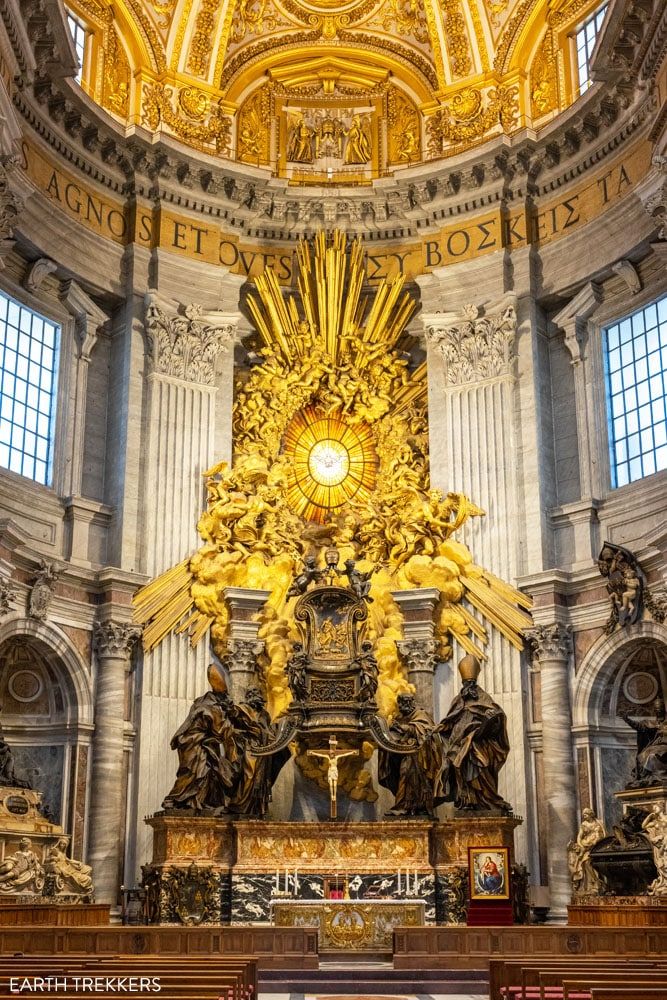
St Peter’s Chair
La Pietà. Michelangelo was only 23 years old when he carved this statue. It is one of the most famous statues in the world and bears his signature across Maria’s chest.
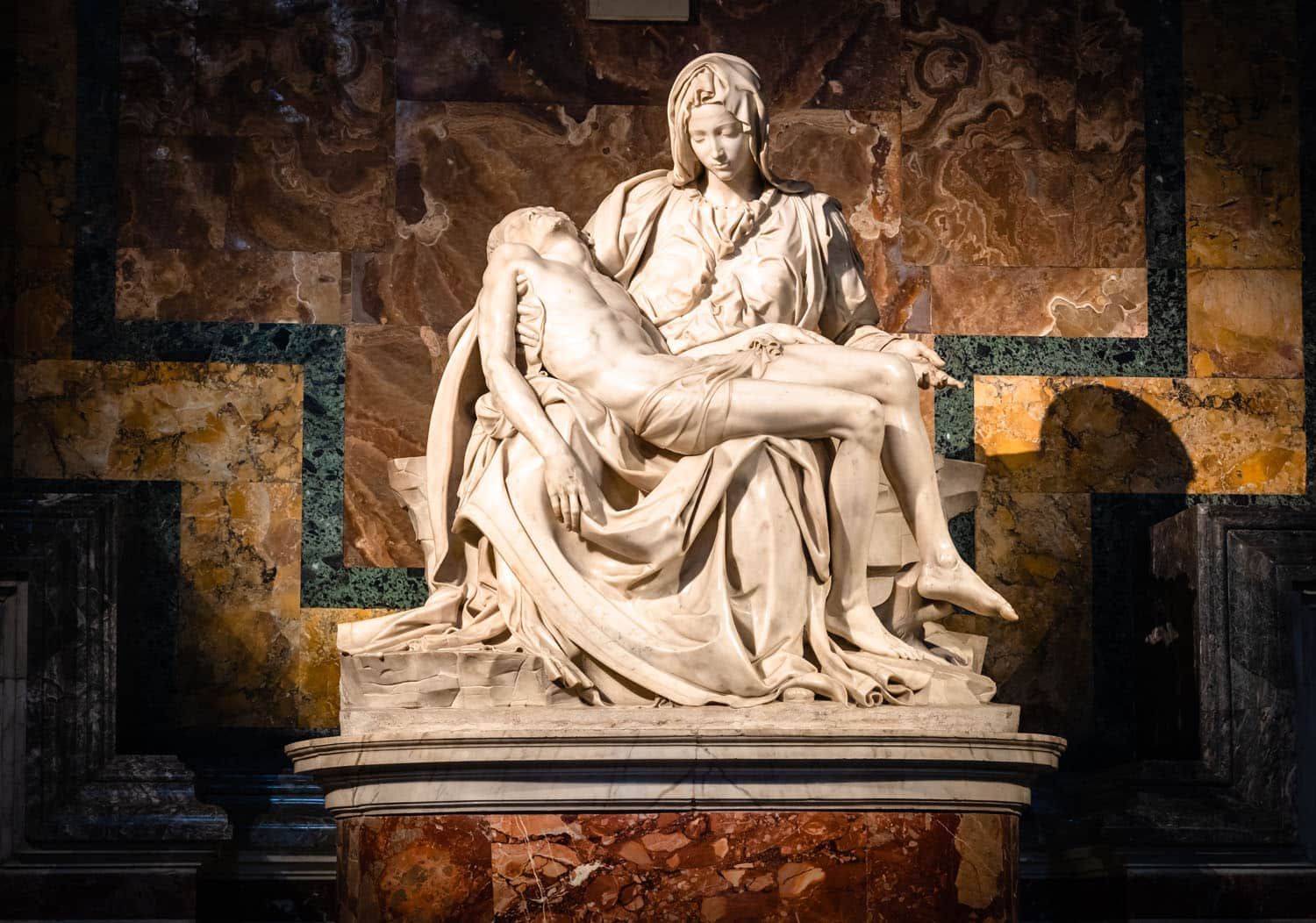
La Pietà | PhotoFires/shutterstock.com
Graves of the Popes. There are several popes that are buried on the main level of the basilica and you can see their graves, including John XXIII and St. John Paul II.
Vatican Grottoes. The grottoes are the Papal tombs that sit underneath of St. Peter’s Basilica. This is the final resting place for over 90 popes and dignitaries. You can visit the grottoes independently or on a tour. The grottoes do not open until 9:30 am, but you can enter earlier on special tours. Note: Multiple online sources list the opening at 7 am, even the official website. During our visit here in 2022, the staff member at the entry to the grottoes told us that they do not open until 9:30 am. Keep this in mind if you plan to enter the basilica early in the morning.
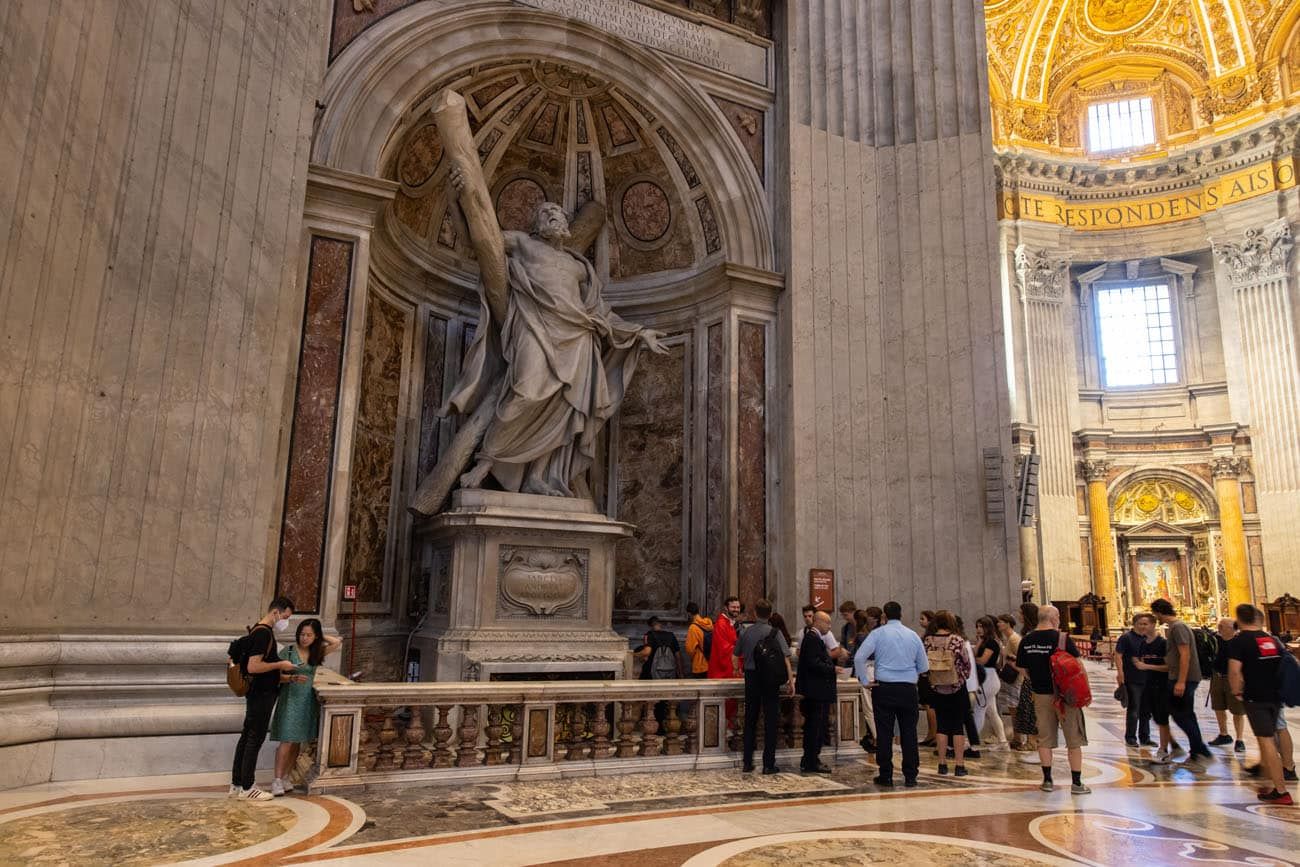
Vatican Grottoes Entrance
The Treasury Museum. This museum, which is located inside of the basilica, contains artifacts collected over the centuries, including a plaster cast of Michelangelo’s Pietà. Photos inside of the museum are not allowed and there is a small fee to enter. We did this but only think it is worthwhile for those with an interest in the history of the basilica and Catholic Church.
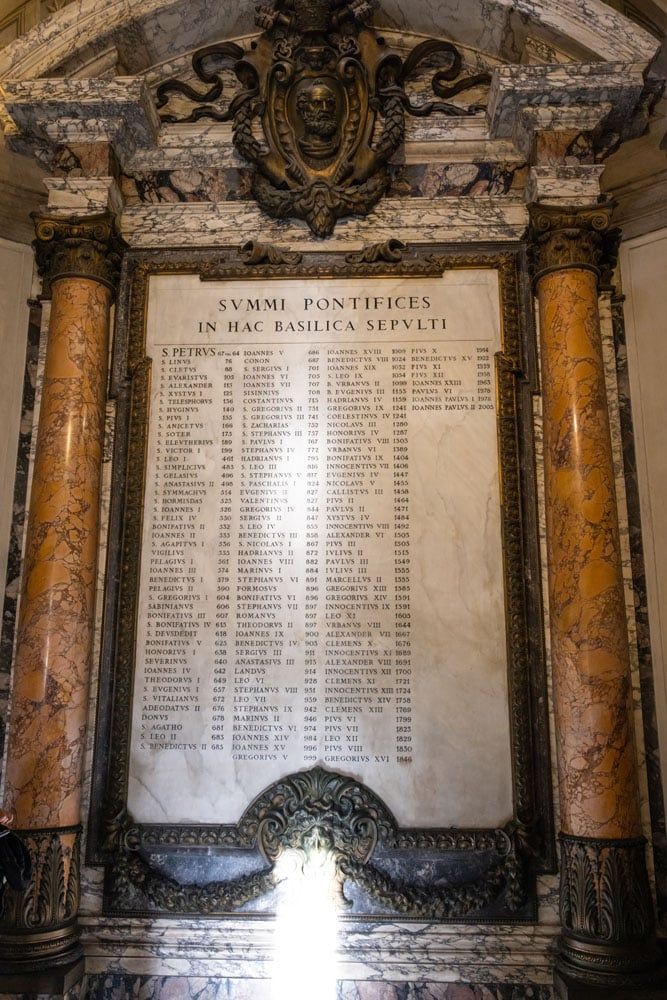
List of the popes near the entrance into the Treasury Museum
The Dome of St. Peter’s Basilica
For one of the most iconic views of Rome, climb to the top of the dome. There are two ways to do this.
- Climb 551 steps to the top of the dome: €8
- Take the elevator to the terrace, climb 320 steps to the top: €10
You can purchase your tickets inside of St. Peter’s Basilica at the ticket kiosk. The dome is open from 7:30 am to 6 pm April through September and 7:30 am to 5 pm October through March. There can be a line for this as well, so get here early to save time.
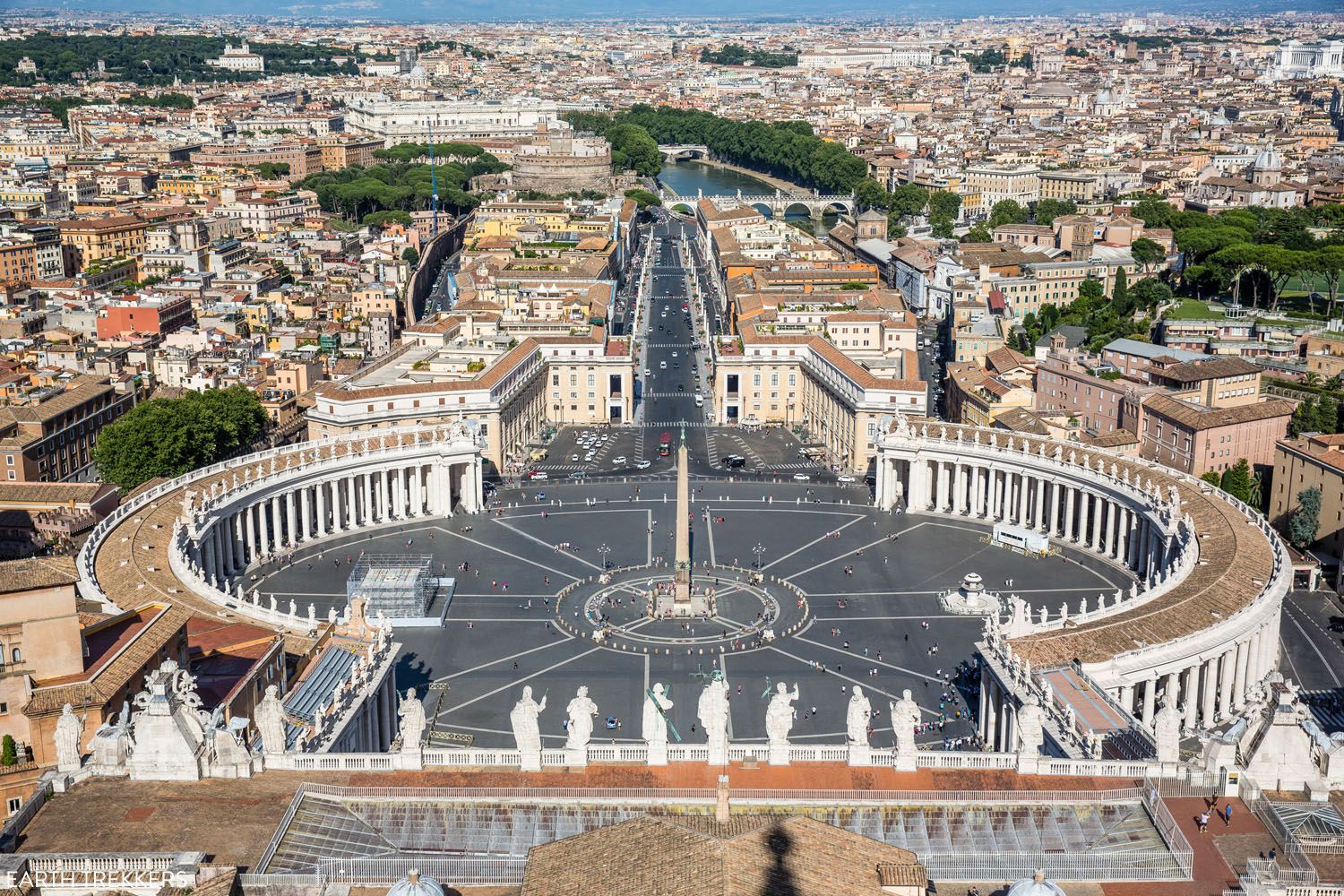
The view from the dome
Audience with the Pope
On Wednesdays at 9:30 am, the Pope holds a general audience in St. Peter’s Square (if he is in Rome). Tickets are free but need to be reserved in advance. Click here for full details.
How to Get to Vatican City
If you have plans to tour the Vatican Museums, take the metro to the Ottaviano station and from here it is a 5-minute walk to the entrance into the museums. You can also take a taxi or Uber to the Vatican Museums entrance.
If you are going to St. Peter’s Square first, take the metro to the Ottaviano station and from here it is a 12-minute walk to St. Peter’s Square. For a more dramatic entrance, take a taxi or Uber to Piazza Pia and walk up Via della Conciliazione to St. Peter’s Square (about a 10-minute walk).
How Much Does it Cost to visit Vatican City?
Vatican Museums: €20 plus €5 reservation fee
Tours to add on the Cabinet of Masks and the original Bramante Staircase are extra and this exact cost depends on the tour that you take.
There is free entry into the Vatican Museums on the last Sunday of the month (expect larger than normal crowds).
St. Peter’s Basilica: Free
Dome of St. Peter’s Basilica: €8 – €10
When are the Vatican Museums & St. Peter’s Basilica Open?
Vatican Museums: Monday to Saturday 8 am to 8 pm; Sunday 9 am to 2 pm; the Vatican Museums and Sistine Chapel can close for special events so check the official website before you go.
St. Peter’s Basilica: October through March 7 am to 7:10 pm; April through September 7 am to 7:10 pm; on Wednesdays when the Pope is in town, St. Peter’s Basilica does not open until 12:30 pm
Dome of St. Peter’s Basilica: October through March 7:30 am to 5 pm; April through September 7:30 am to 6 pm; get updated hours here
Best Time of Day to Visit the Vatican Museums & St. Peter’s Basilica
The best time of day to visit the Vatican Museums is early in the morning, ideally on an early morning tour. These early morning tour groups enter the Vatican Museums at 8 am, one hour before general entry begins. This gives you enough time to explore some of the rooms with low crowds and get to the Sistine Chapel before it gets very crowded. Just be aware that there are quite a few early morning tours, so you won’t have the museums all to yourself.
Wednesday mornings are another great time to visit the Vatican Museums. If the Pope is holding an audience in St. Peter’s Square, visitation tends to be lower at the Vatican Museums.
The best time of day to visit St. Peter’s Basilica is in the morning, arriving by 8 am. This avoids the long line to get through security, plus you can be one of the first people to the top of the dome. Late afternoon is another nice time to visit St. Peter’s Basilica, but you could have limited time, depending on how late you arrive.
Tours of Vatican City
There are a lot of tours of Vatican City. Some just include the Vatican Museums and others include both the Vatican Museums and St. Peter’s Basilica.
If you only need an entrance ticket into the Vatican Museums, you can buy one via GetYourGuide. This has the advantage of being able to cancel your reservation up to 24 hours in advance and get a full refund.
This early morning small group tour of the Vatican Museums, Sistine Chapel, and St. Peter’s Basilica gets great reviews and uses the same tour group we used (LivItaly Tours).
This very highly rated tour includes the Vatican Museums, Sistine Chapel, and a tour of St. Peter’s Basilica.
On this tour, visit the Vatican Museums, Sistine Chapel, and climb the dome of St. Peter’s Basilica.
Tours of Vatican City
What We Did
We have visited Vatican City three times.
The first time was during the month of July. We had tickets to enter the Vatican Museums, so we skipped the line, but inside, we faced the largest crowds we have probably seen in a museum. It was wall-to-wall people. Tyler and Kara were kids at the time and counting down the minutes until we could exit the museums. That afternoon, we visited St. Peter’s Basilica, and since it was later in the day, had low crowds and a fantastic experience.
Our second visit was in September 2022. On one morning, Tim and I visited St. Peter’s Basilica, getting here at 7:30 am. Crowds were very low and again, we had a great experience at the Basilica.
On the following day, we took an early morning private tour of the Vatican Museums. It was awesome, not only to have lighter crowds this time of day, but to also tour the museums with a guide. There is a lot to see and you won’t get much out of your visit if you wander around without a guide. At least consider getting the audio guide but a tour guide is even better.
We split our visit into two separate days, to visit both the Vatican Museums and St. Peter’s Basilica early in the morning. It may seem like a hassle to get to this area twice, but it’s the best way to tour both places with fewer people.
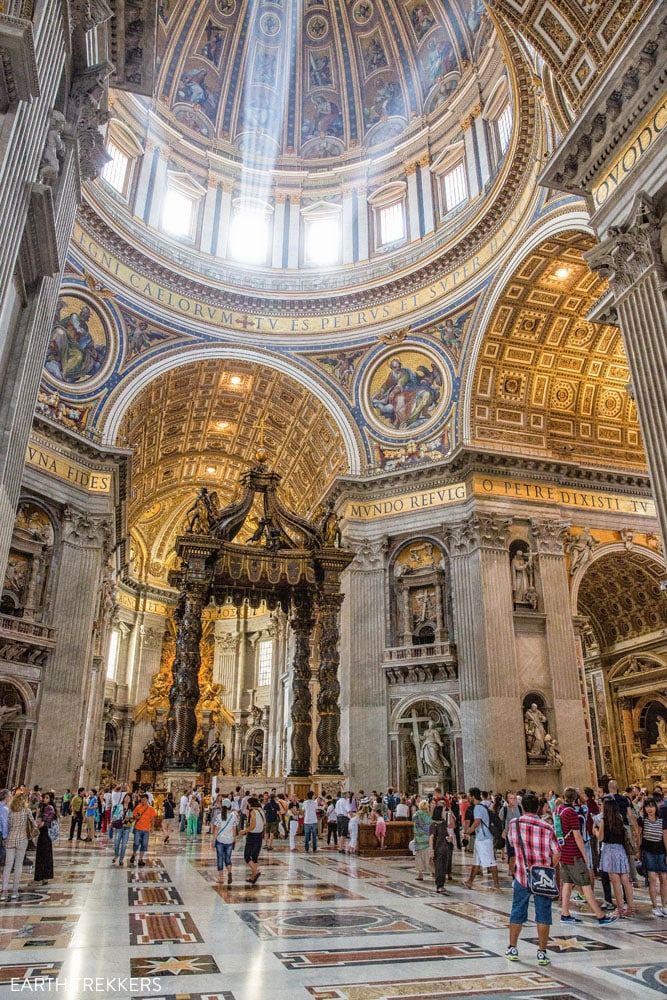
St Peter’s Basilica
Helpful Tips for Visiting the Vatican Museums
Purchase your Vatican Museums ticket online in advance. To avoid waiting in an extremely long ticket line, purchase your ticket online in advance. If tickets are sold out, then purchase your ticket though GetYourGuide.
Beware of people selling skip-the-line tickets into St. Peter’s Basilica. You’ll see these guys in St. Peter’s Square and along Via della Conciliazione. These are just overpriced tours of the Vatican Museum that also include St. Peter’s Basilica.
Dress Code. Cover your knees and shoulders. This goes for men and for women. You could get turned away if you are not wearing appropriate clothing.
Beware of pickpockets. With big crowds comes the possibility of pickpocketing. While walking through the Vatican Museums and Sistine Chapel, beware of pickpockets.
Wednesdays can be good or bad, depending on what you want to get out of this experience. Crowds are light in the Vatican Museums when the Pope holds an audience. But you will not be able to enter St. Peter’s Basilica until 12:30 pm, so it could make your visit to Vatican City longer.
Consider splitting your visit into two separate days. To visit both St. Peter’s Basilica and the Vatican Museums first thing in the morning, split your visit into two days.
Frequently Asked Questions
Do you need a guide for the Vatican Museums?
No, you do not need a guide and you do not need to take a tour of the Vatican Museums. You can visit the museums independently and have the option to use the audio guide.
Should you take a tour of Vatican City?
Tours offer several advantages over visiting Vatican City on your own. With a guide, you will learn about the various rooms, artwork, and the history of the Sistine Chapel and St. Peter’s Basilica with a knowledgeable guide. Some tours give you early morning access, to stay ahead of the crowds, or include secret rooms within the Vatican Museums. To get the most out of your visit, a tour of Vatican City is worth it.
What is the best day of the week to visit the Vatican Museums?
Wednesday mornings, when the Pope holds an audience in St. Peter’s Square, is the best time to tour the Vatican Museums, since they are less crowded during this time.
Can you go directly from the Vatican Museums into St. Peter’s Basilica?
There is a tunnel between the Sistine Chapel and St. Peter’s Basilica but only select tours can do this. If you are not on a tour, you will have to exit the museums and walk about 20 minutes to St. Peter’s Square.
Is the Sistine Chapel worth it?
The Sistine Chapel is one of the most important pieces of Renaissance artwork. The ceiling was painted by Michelangelo and the frescoes that cover the walls were painted by Botticelli, Michelangelo, Rosselli, and other famous Renaissance painters. A visit to the Sistine Chapel is worth it, even if you aren’t a big art aficionado. Just be prepared for large crowds, because this is one of the most popular places to visit in Vatican City.
If you have any questions about how to visit the Vatican Museums or St. Peter’s Basilica, or if you want to share your experience, let us know in the comment section below.
More Information for Your Trip to Italy
We have TONS more information about Italy in our Italy Travel Guide, including Rome, Florence, Venice, Tuscany, the Dolomites, the Amalfi Coast, the Cinque Terre, and Puglia.
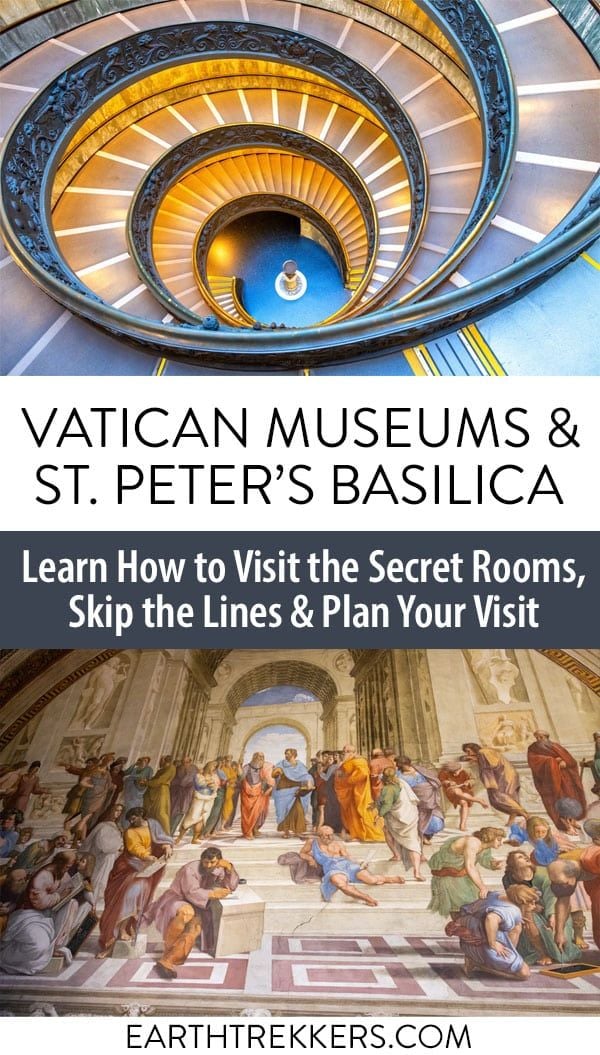
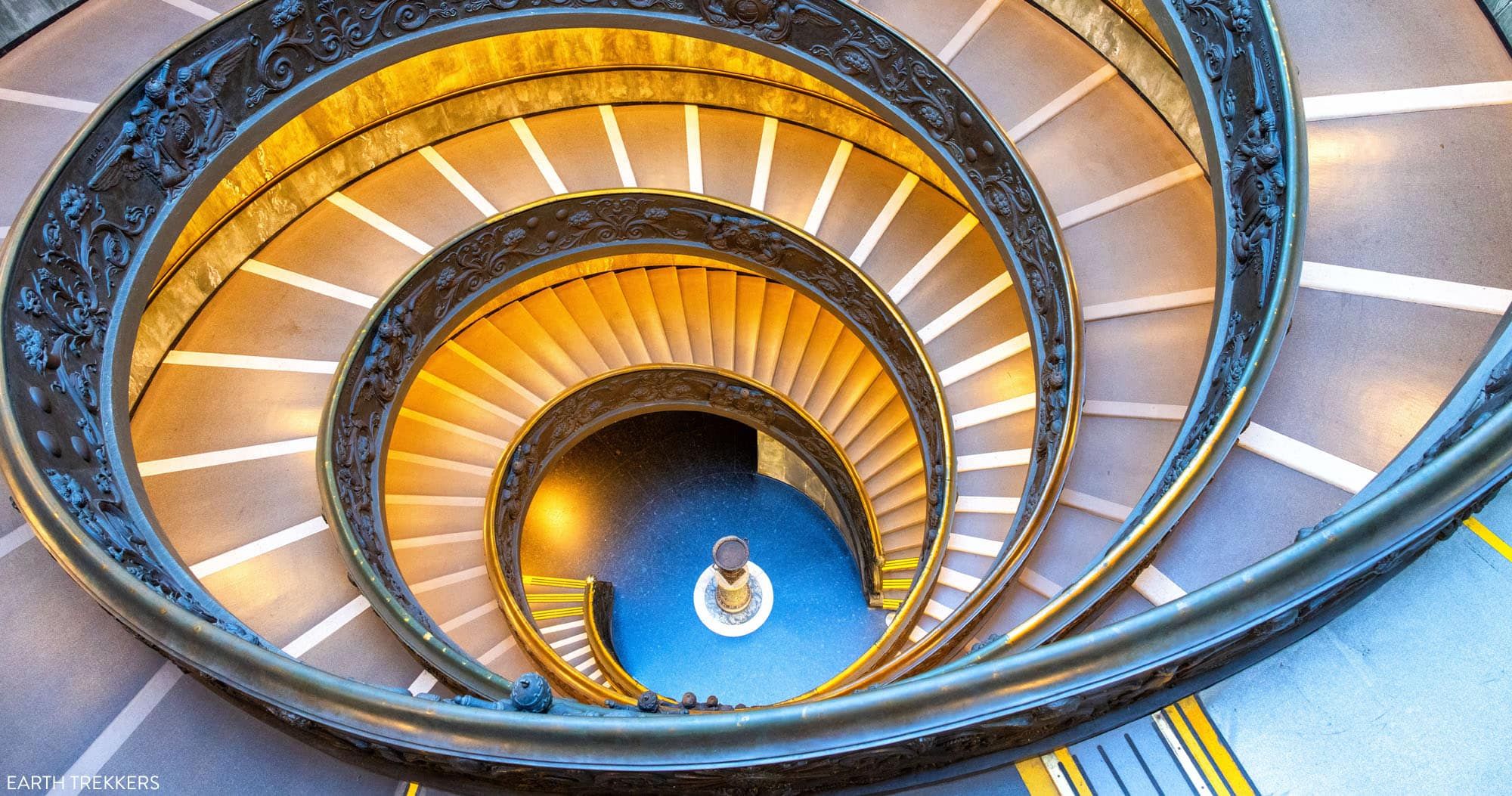
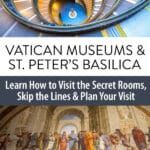
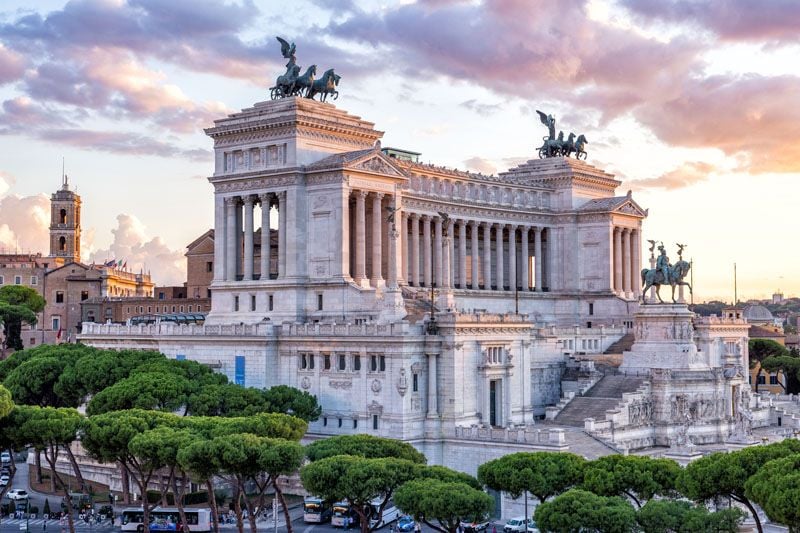
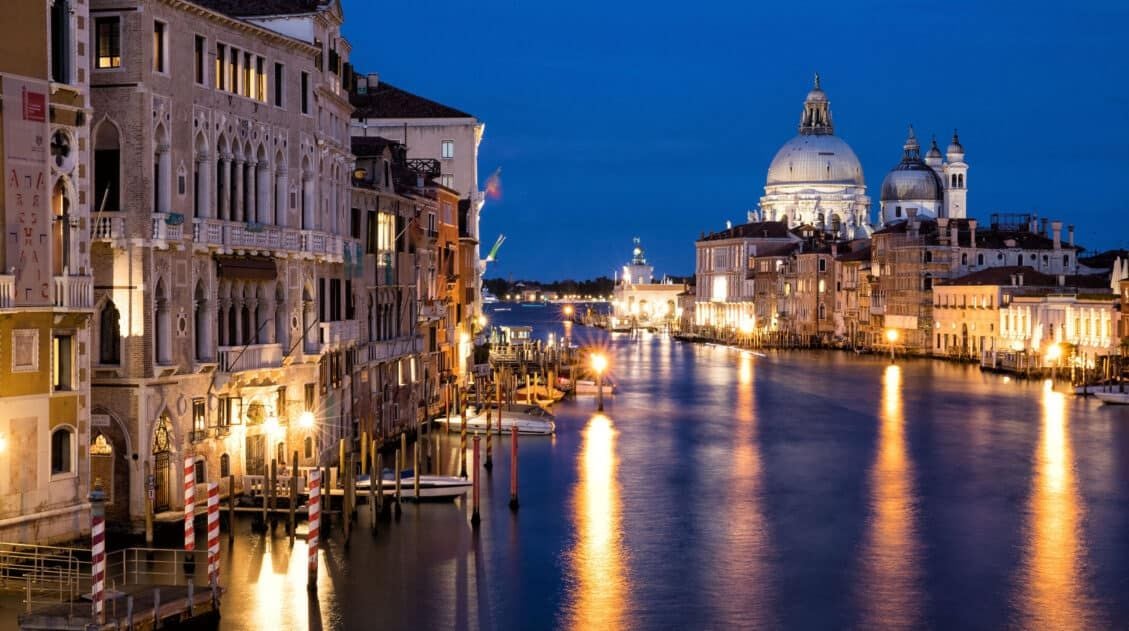
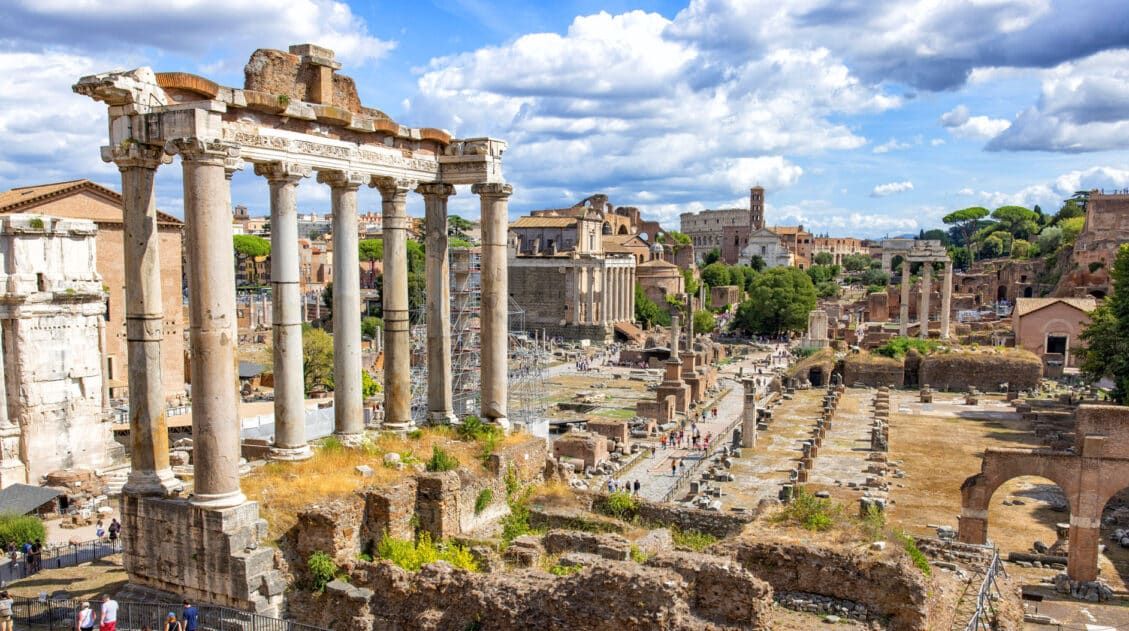
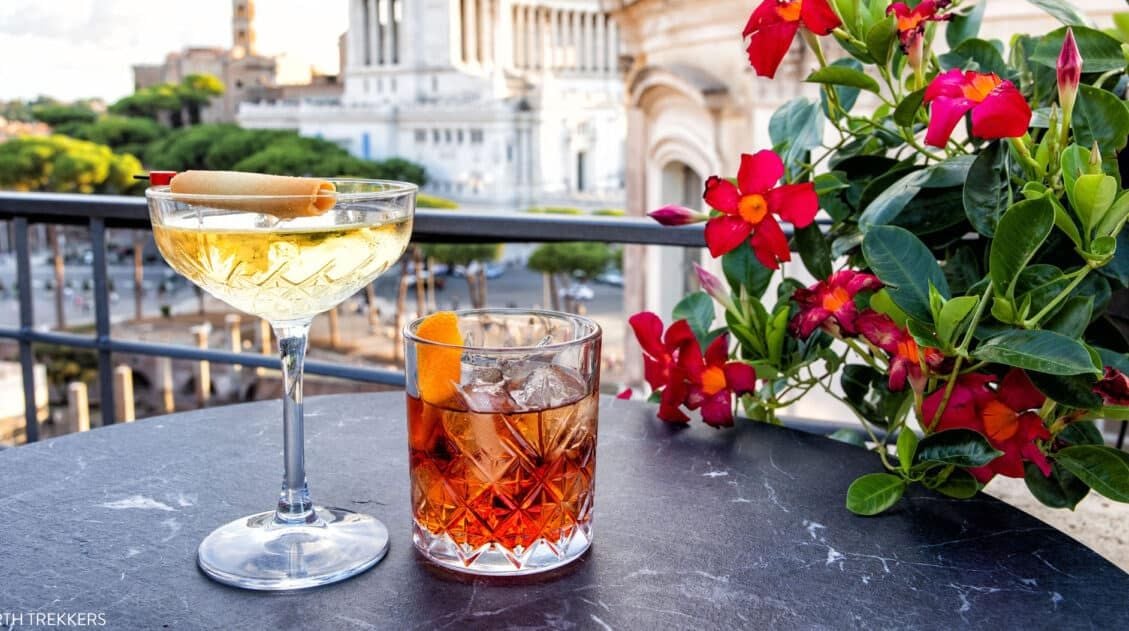
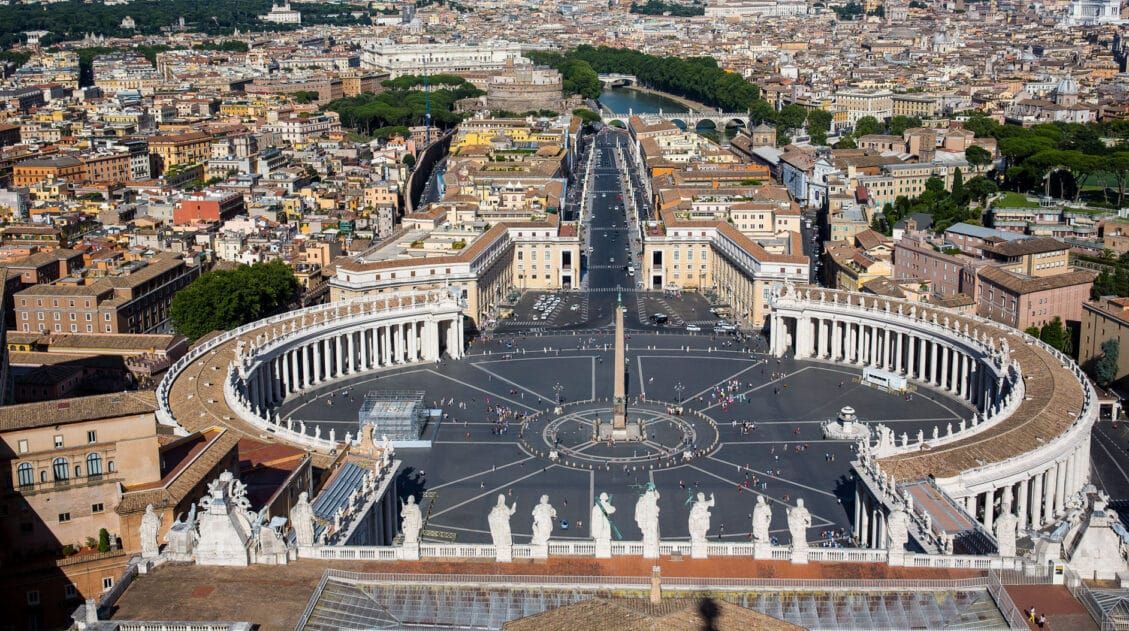

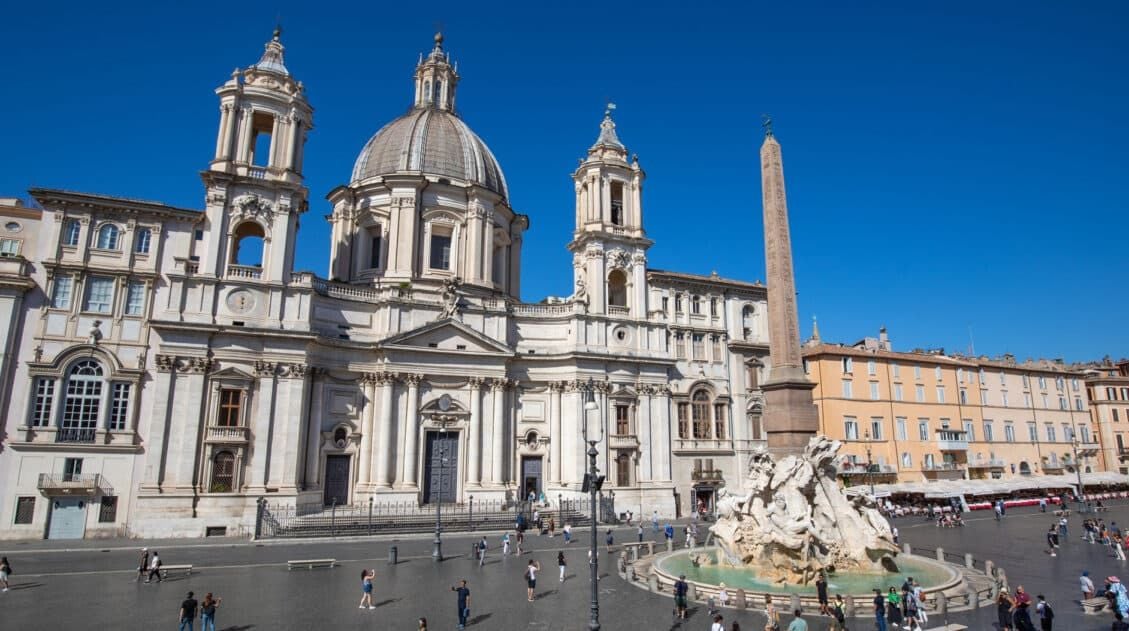
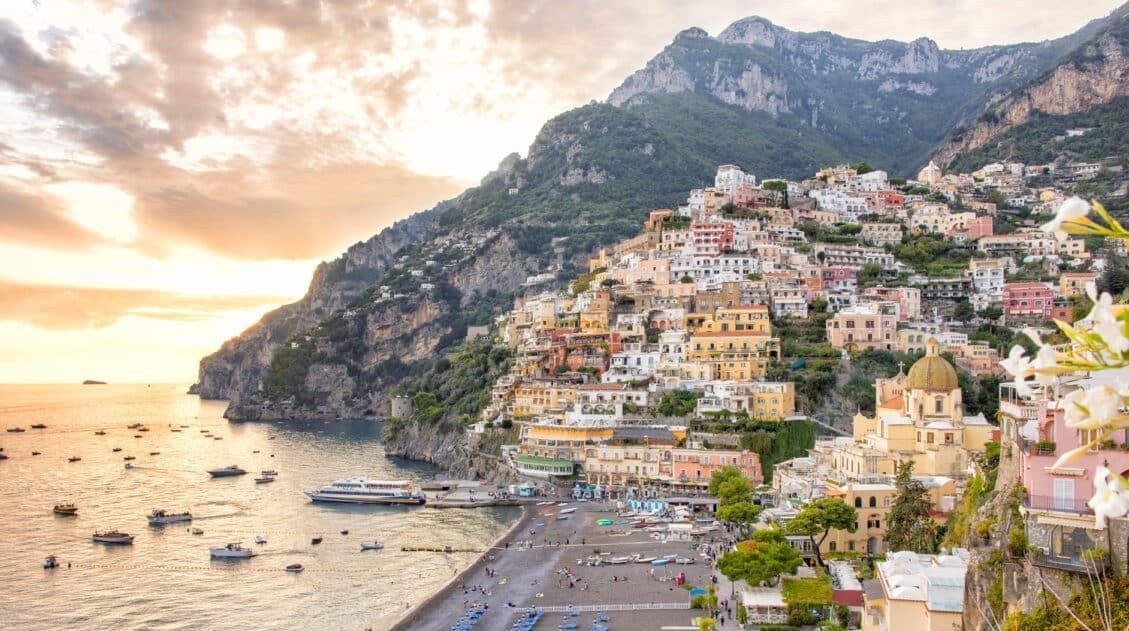
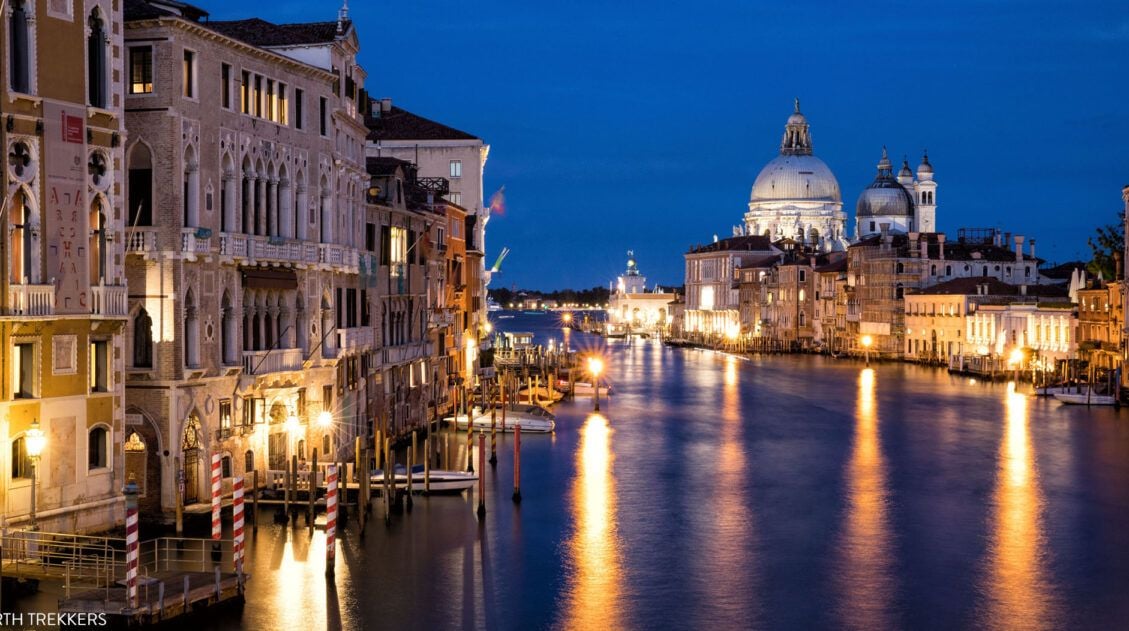
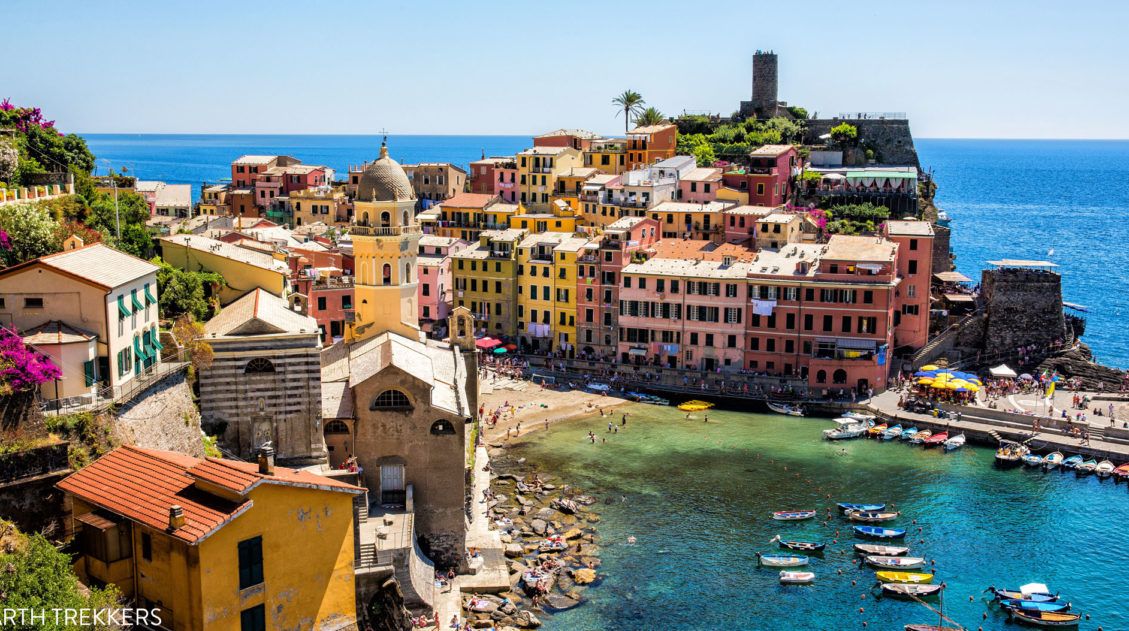
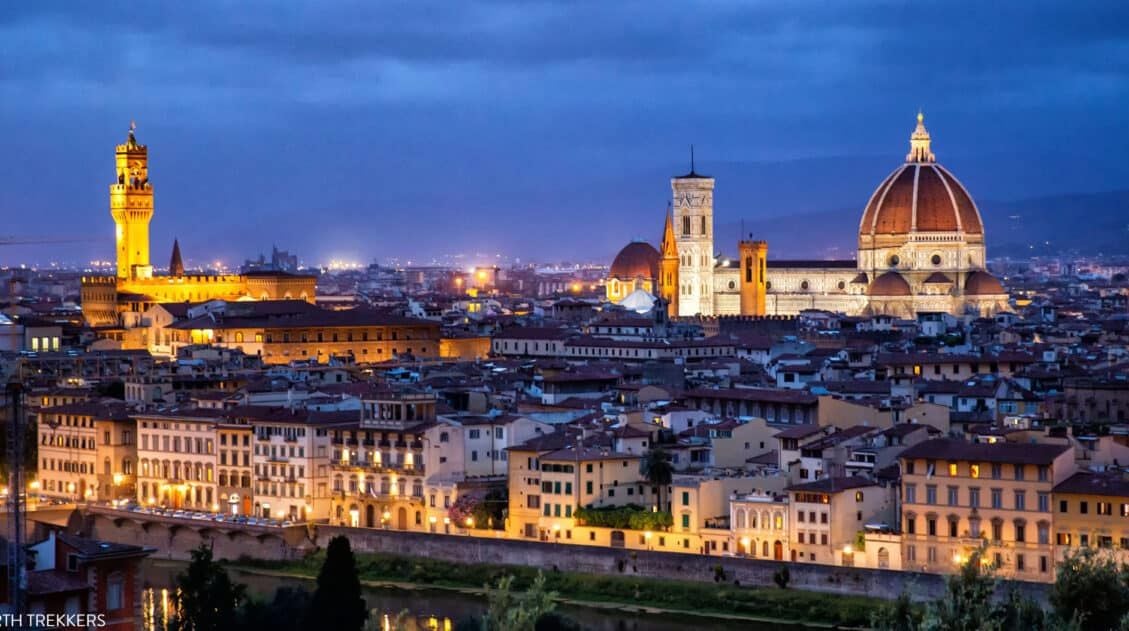
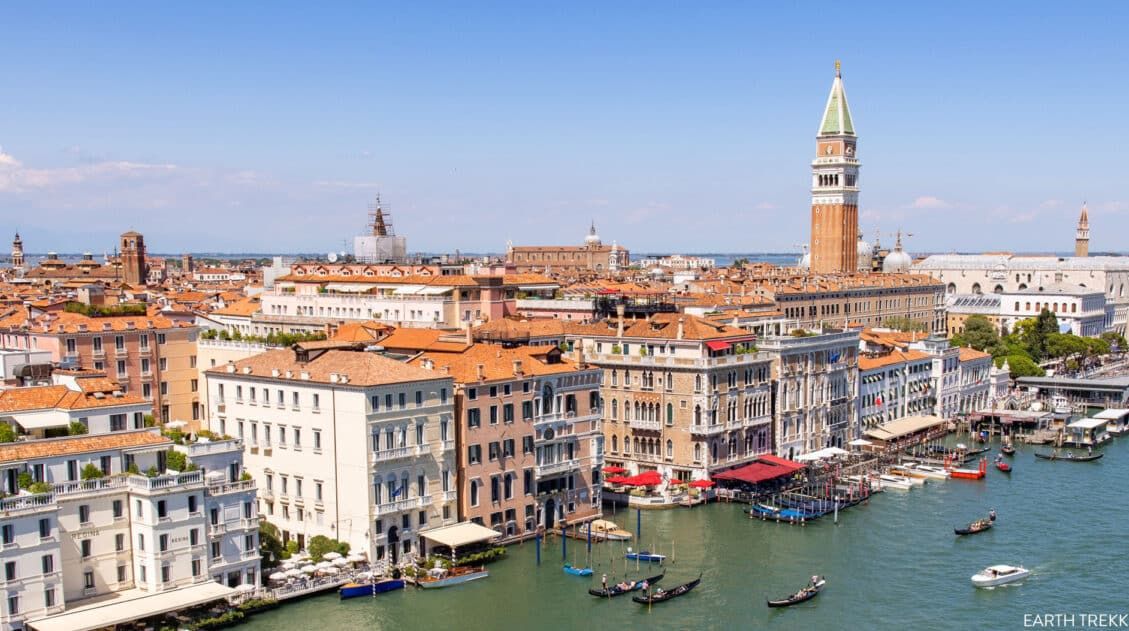
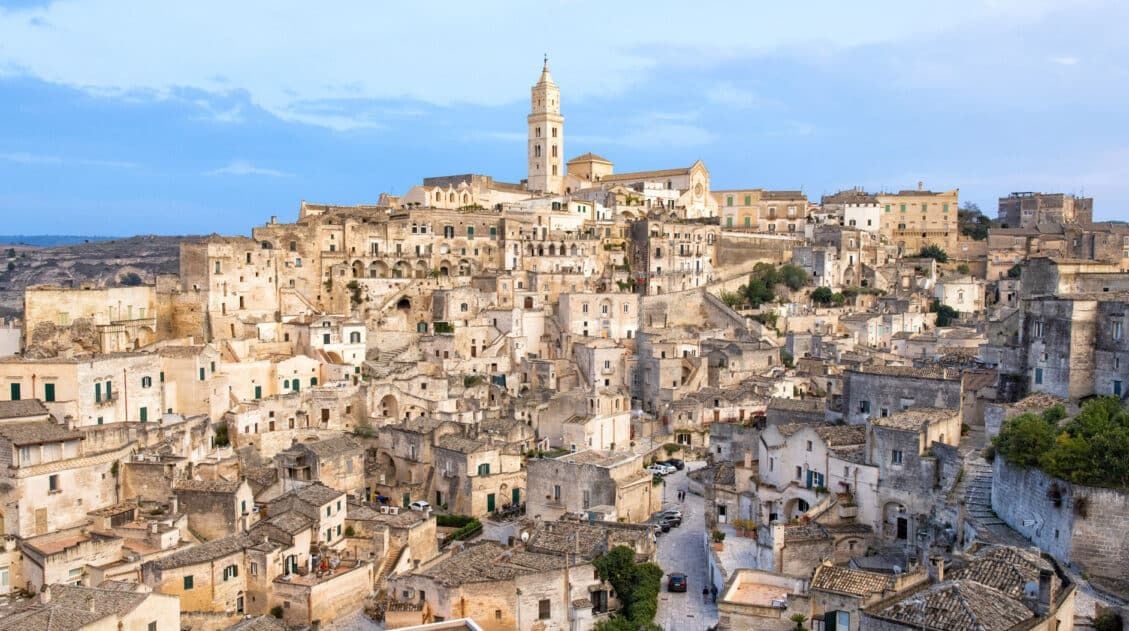
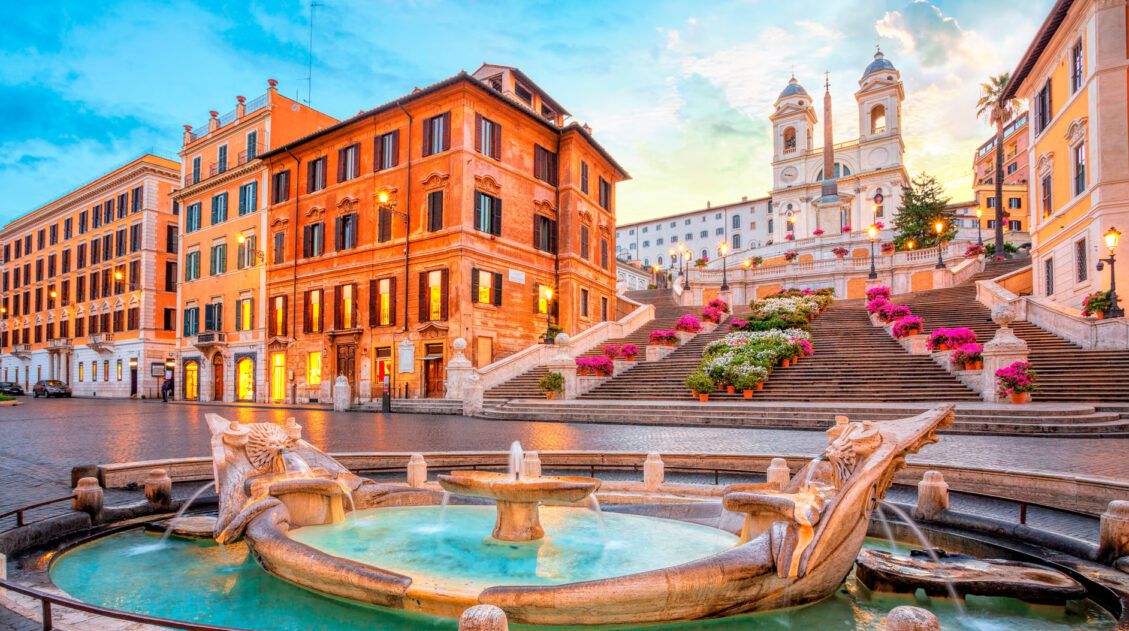
Comments 40